Fall arrives, bringing crisp air and a vibrant display of changing leaves. For many gardeners, this season marks the end of outdoor planting. However, you do not need to pack away your gardening gloves. You can extend the beauty of your container garden well into winter with an “indestructible” fall succulent bowl. This guide focuses on cold-hardy succulents, specifically Sempervivums and Sedums, which offer stunning visuals and remarkable resilience, even in freezing temperatures. You can easily create a beautiful, low-maintenance arrangement that thrives through the chill, adding enduring charm to your balcony, patio, or small yard.
Crafting a cold-hardy succulent bowl is not simply about planting; it is about understanding how these plants adapt to colder climates and providing them with the right environment to flourish. This project delivers practical benefits beyond aesthetics, saving you time and effort compared to traditional annuals that wilt with the first frost. You will discover how simple choices, such as selecting the right soil and container, contribute significantly to your succulents’ ability to withstand winter. This approach offers a rewarding gardening experience and ensures your outdoor spaces remain inviting, regardless of the season. Let us transform your fall gardening outlook and create a vibrant display that truly lasts.
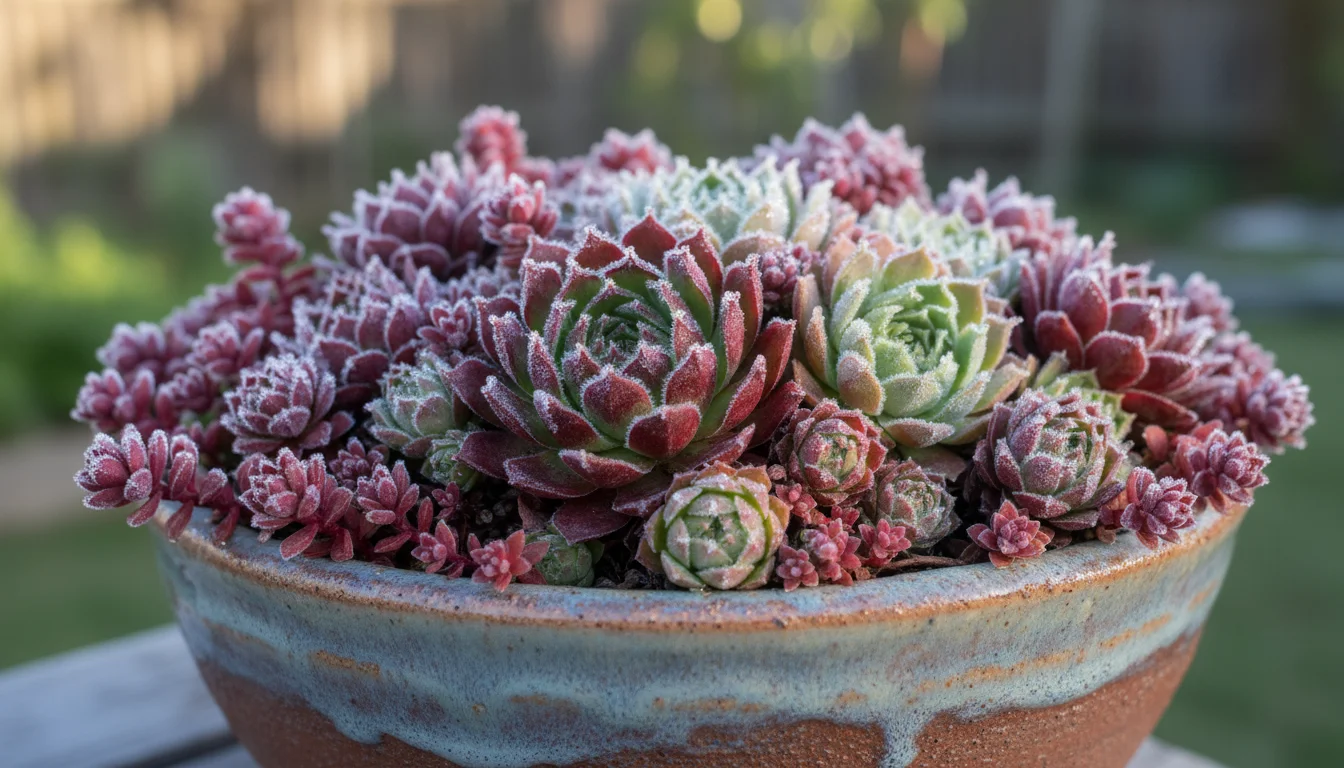
Why Embrace Cold-Hardy Succulents for Fall?
The allure of succulents typically brings to mind arid landscapes and sunny windowsills. However, a special category of succulents, known as cold-hardy varieties, defies this stereotype. These remarkable plants thrive not just in warm conditions, but also endure freezing temperatures, making them perfect for fall and winter container gardening. Embracing cold-hardy succulents for your autumn arrangements brings a host of practical advantages, especially for those with limited space or a desire for low-maintenance beauty.
First, consider the extended season of interest they provide. Unlike tender annuals that succumb to the first significant frost, Sempervivums and Sedums offer vibrant color and architectural forms throughout fall and well into winter. You can enjoy green, burgundy, silver, and even red hues that intensify with the colder weather. This means your balcony or patio remains a focal point, rather than fading into dormancy.
Second, their unmatched resilience makes them ideal for beginners. These plants require minimal fuss once established. They store water in their thick leaves, which allows them to tolerate periods of drought. Their natural adaptation to harsh environments equips them to handle fluctuating fall temperatures and even snowfall. This resilience translates into less watering, less worrying, and more enjoyment for you. For instance, many Sempervivum cultivars easily survive temperatures down to USDA Zone 4 (-30 to -20 degrees Fahrenheit), a remarkable feat for a succulent.
Third, cold-hardy succulents are perfect for small-space gardening. Their compact growth habits and ability to thrive in containers make them excellent choices for window boxes, patio planters, and small garden beds. You do not need a sprawling yard to enjoy their beauty; a few carefully chosen pots can create a stunning display. This practicality appeals directly to urban gardeners or anyone with limited outdoor real estate.
Finally, these plants offer eco-friendly advantages. Their low water requirements contribute to water conservation efforts, a vital consideration in many regions. By choosing perennials like Sempervivums and Sedums, you reduce the need to replace plants season after season, minimizing waste and resource consumption. You create a sustainable garden that gives back to the environment while beautifying your space. Incorporating these plants into your fall containers allows you to extend your gardening season, reduce maintenance, conserve resources, and add year-round beauty to your home.
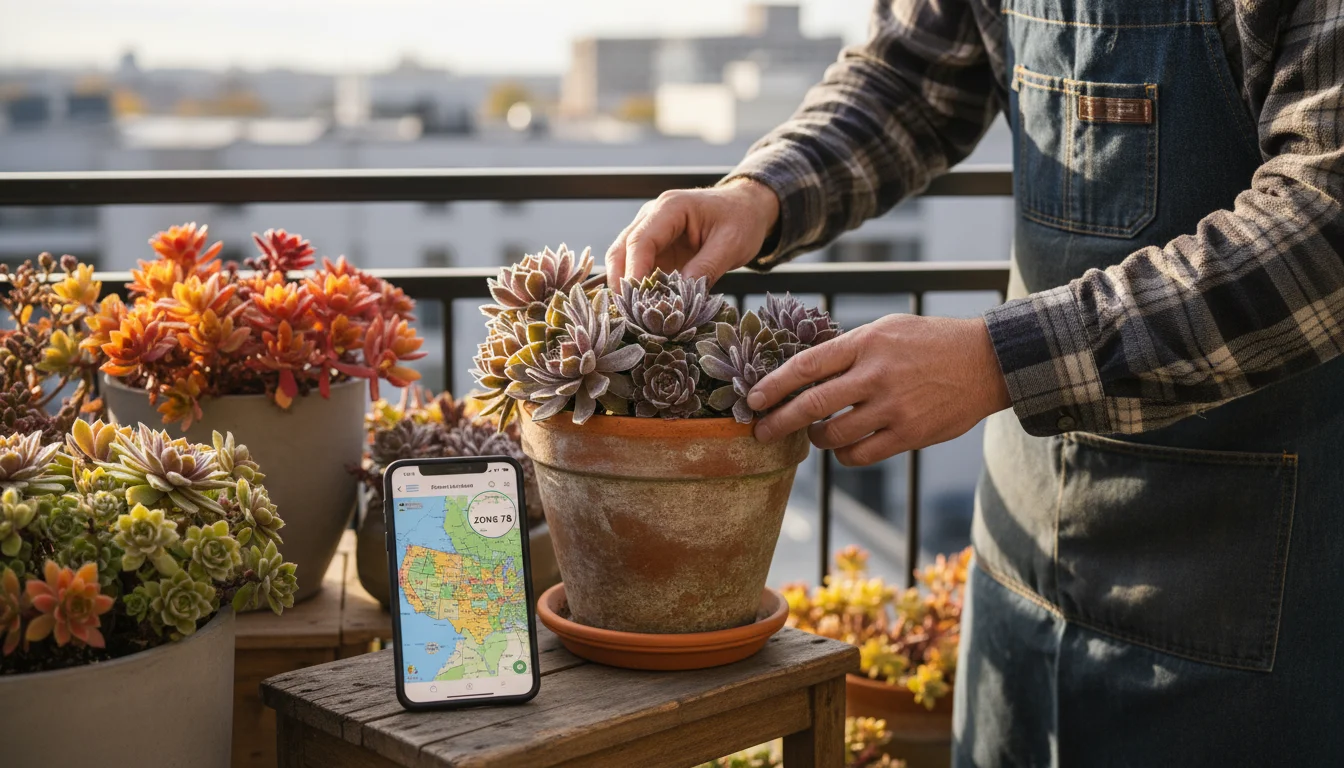
Decoding Cold Hardiness: What You Need to Know
Understanding cold hardiness is fundamental to successfully growing succulents outdoors through fall and winter. This concept dictates which plants survive the freezing temperatures in your specific location. The primary tool for determining this is the USDA Plant Hardiness Zone Map. This map divides North America into 13 zones based on average annual extreme minimum winter temperatures. Each zone represents a 10-degree Fahrenheit difference. For example, if you live in Zone 6, you can expect winter lows between -10 and 0 degrees Fahrenheit.
Cold-hardy succulents possess unique adaptations that allow them to endure these frigid conditions. Unlike their tender tropical cousins, Sempervivums and Sedums enter a state of dormancy when temperatures drop. During dormancy, their growth slows significantly, and they reduce their internal moisture content. This reduction in water helps prevent ice crystals from forming within their cells, which would otherwise cause fatal damage. Some varieties even develop deeper, richer colors in response to cold stress, adding to their winter appeal. For instance, many Sempervivum tectorum varieties can withstand temperatures as low as -20 degrees Fahrenheit, while certain Sedum species, such as Sedum spurium, tolerate similar cold, performing reliably in Zone 4 and colder.
It is important to note the distinction between plants grown in the ground and those in containers. Plants in containers are more vulnerable to cold than those planted directly in the garden soil. The surrounding soil in a garden acts as an insulating blanket, keeping roots warmer. Container plants, however, have their root systems exposed to air on all sides, making them susceptible to freezing solid much faster and more thoroughly. A container can lose heat quickly, sometimes making the effective hardiness zone for a potted plant one or even two zones higher than its listed ground hardiness.
Therefore, if you live in USDA Zone 6 and a plant is rated for Zone 5, it might survive in the ground but struggle or perish in a pot. To ensure success, choose plants rated for at least one zone colder than your own, especially for container plantings. For instance, if you are in Zone 6, select succulents hardy to Zone 5 or even Zone 4. This provides a buffer against extreme cold snaps and ensures your succulent bowl truly lives up to its “indestructible” reputation. Proper plant selection based on your specific hardiness zone is the first and most critical step in establishing a thriving, winter-proof succulent arrangement.
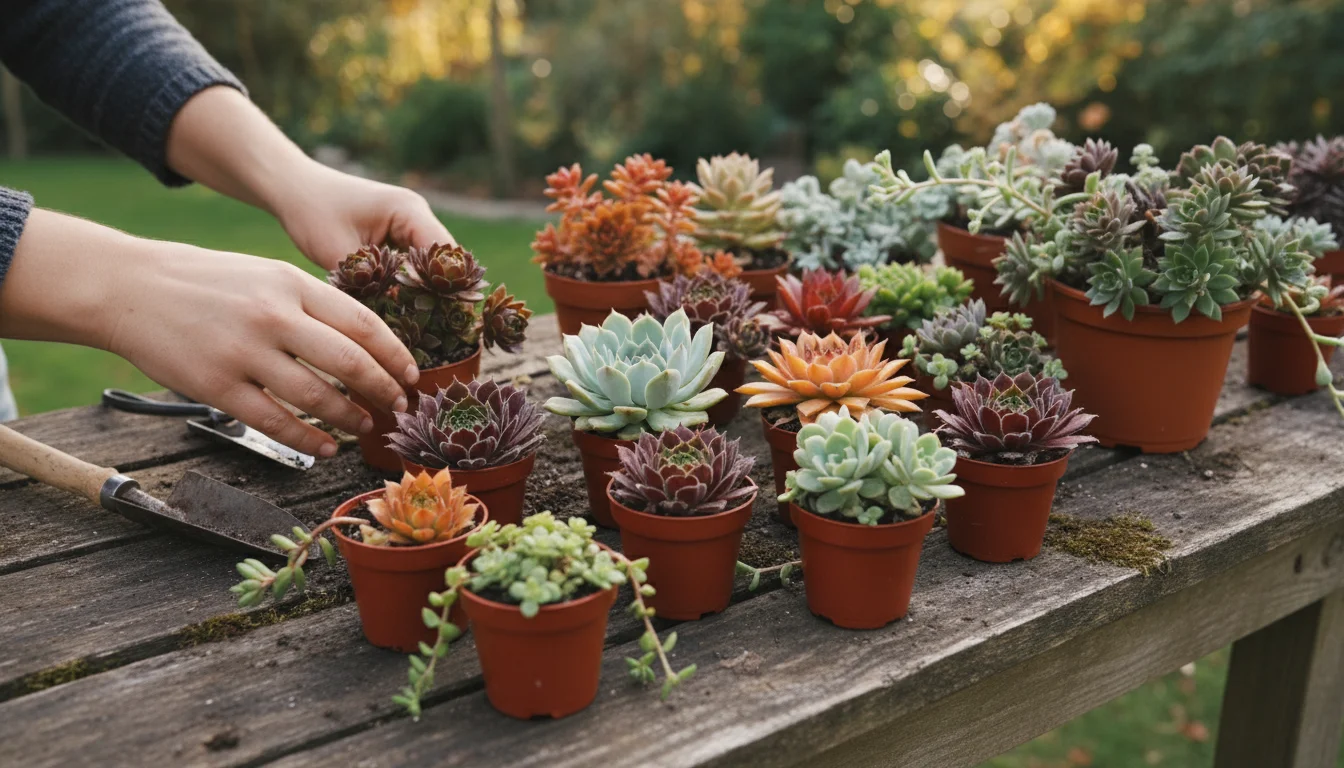
Selecting Your Star Players: Sempervivums and Sedums
When creating your indestructible fall succulent bowl, the choice of plants dictates both its beauty and its ability to withstand winter. Sempervivums and Sedums stand out as the undisputed champions of cold-hardy succulents. Both genera offer an incredible range of forms, textures, and colors, providing endless possibilities for striking arrangements.
Sempervivums (Hens and Chicks)
Sempervivums derive their common name, “Hens and Chicks,” from their growth habit. A large central rosette, the “hen,” produces numerous smaller offsets, or “chicks,” around its base. These offsets can be easily separated and replanted, allowing your collection to multiply over time. Sempervivums are typically hardy down to USDA Zone 4 (-30°F to -20°F), making them exceptionally reliable in cold climates. They thrive on neglect, asking for very little once established.
- Forms and Colors: These succulents come in a dazzling array of colors, from vibrant greens to deep burgundies, grays, and even purples. Many varieties exhibit color changes throughout the seasons, intensifying their hues in colder temperatures or with increased sun exposure. Some even develop intricate “cobwebs” of fine hairs, such as Sempervivum arachnoideum, adding unique texture.
- Varieties to Consider:
- Sempervivum tectorum (Common Houseleek): A classic, often green with red tips, forming large rosettes.
- Sempervivum ‘Commander Hay’: Known for its vibrant red-tipped green leaves.
- Sempervivum ‘Ruby Heart’: Features stunning deep red rosettes.
- Sempervivum heuffelii: Differs by not producing offsets on stolons, but rather dividing from the main rosette. Many beautiful cultivars exist.

Sedums (Stonecrop)
Sedums, commonly known as Stonecrop, are another incredibly diverse and hardy group of succulents. They range from low-growing, creeping groundcovers to upright, bushy plants. Their hardiness varies by species, but many thrive in Zones 3 to 9. Sedums are cherished for their varied foliage, which comes in shades of green, blue, gold, and red, as well as their often prolific flowers that attract pollinators in late summer and fall.
- Forms and Colors: Sedums offer a wider range of growth habits than Sempervivums. You will find trailing varieties perfect for spilling over the edge of a bowl, mounding types that fill space, and even upright cultivars for a vertical element. Their leaves can be needle-like, rounded, or paddle-shaped, creating textural contrast.
- Varieties to Consider:
- Sedum rupestre ‘Angelina’: A popular choice, forming a mat of needle-like, chartreuse-yellow leaves that turn orange-red in cold weather. Hardy to Zone 3.
- Sedum spurium ‘Dragon’s Blood’: Features deep red foliage and pink flowers. It is a vigorous groundcover, excellent for containers. Hardy to Zone 3.
- Sedum telephium ‘Autumn Joy’ (now often classified as Hylotelephium telephium): An upright variety with broad, gray-green leaves and pink flower heads that deepen to brick red in fall. While larger, compact forms can work in bigger bowls. Hardy to Zone 3.
- Sedum ‘Lime Zinger’: A low-growing sedum with bright green foliage and rosy pink edges. Hardy to Zone 4.
When selecting plants at the nursery, look for healthy, vibrant specimens. Avoid plants with yellowing leaves, mushy stems, or signs of pests. A firm, plump feel to the leaves indicates a well-hydrated and healthy plant. By combining different Sempervivum and Sedum varieties, you can create a visually dynamic and texturally rich succulent bowl that withstands the coldest temperatures with grace and beauty.
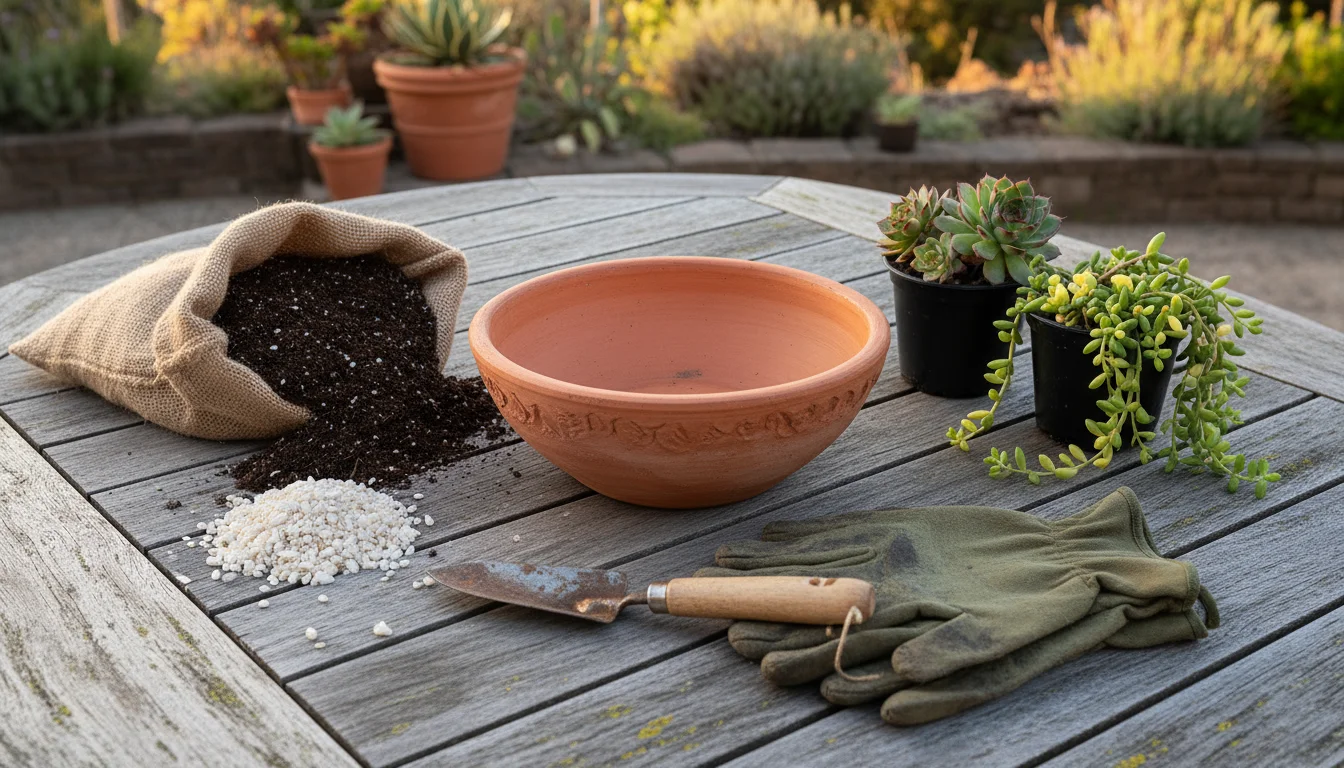
Essential Supplies for Your Indestructible Bowl
Creating a thriving fall succulent bowl requires more than just beautiful plants. The right supplies lay the groundwork for success, ensuring your Sempervivums and Sedums remain healthy and happy throughout the cold months. Paying attention to these foundational elements prevents common issues and guarantees your arrangement lives up to its “indestructible” name.
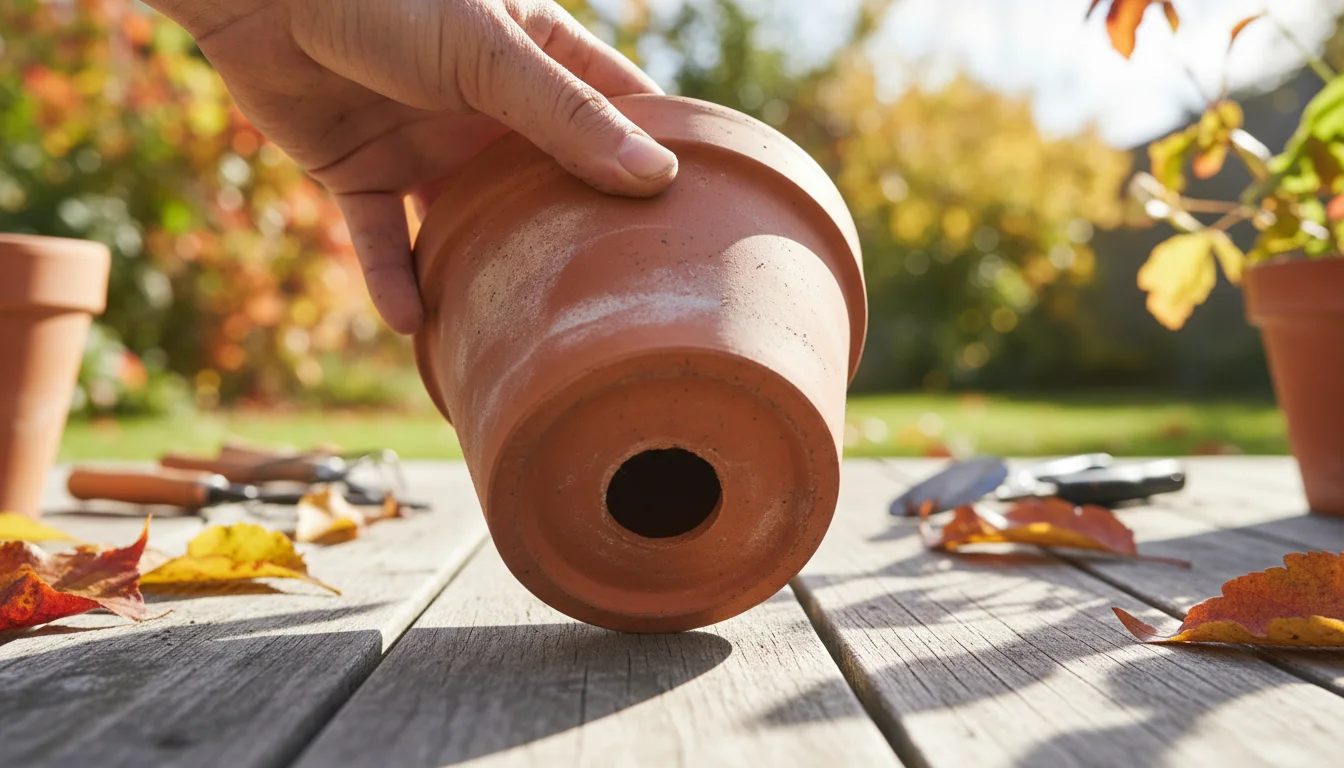
The Right Container: Drainage is Non-Negotiable
Your choice of container is perhaps the most critical decision after plant selection. The golden rule for succulents, especially cold-hardy ones, is impeccable drainage. Waterlogged roots are the fastest way to kill a succulent, particularly in cold weather when evaporation is slow and roots are dormant.
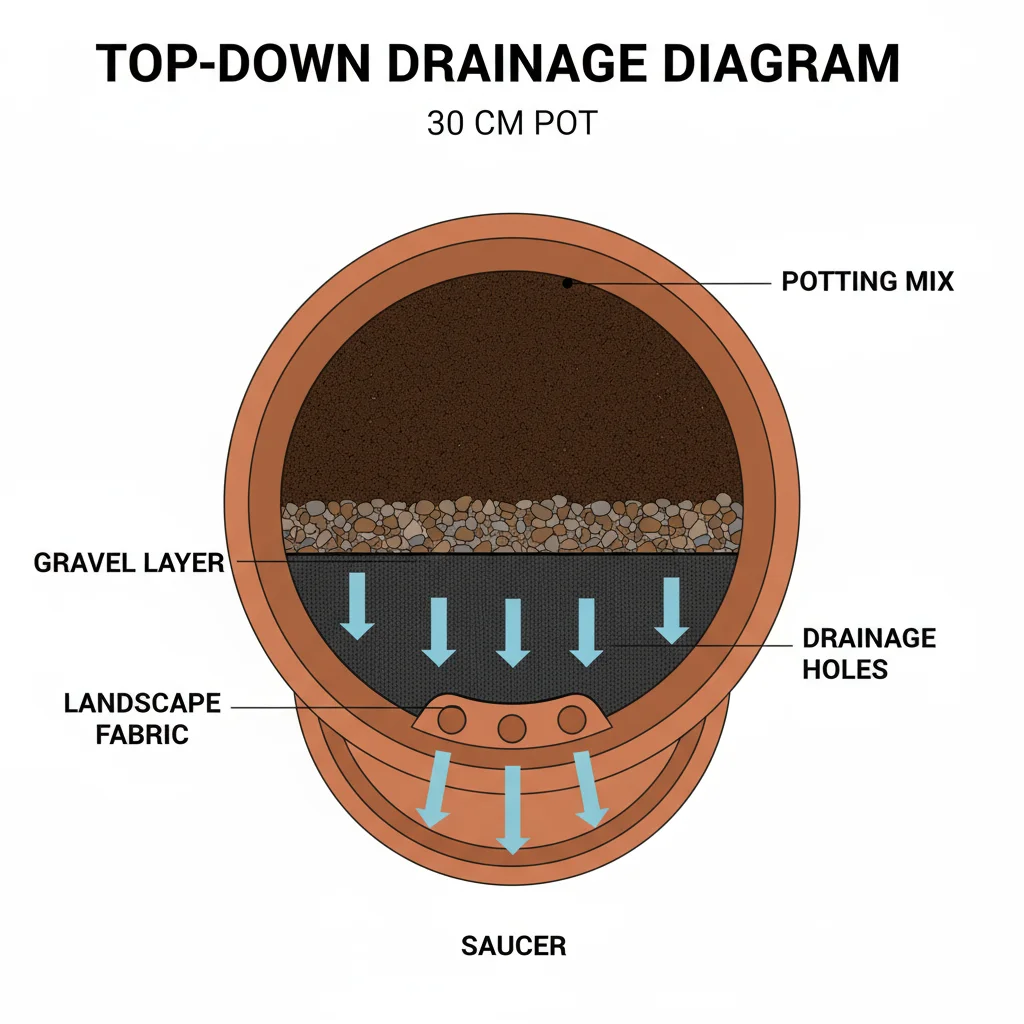
- Drainage Holes: Your container must have drainage holes at the bottom. Without them, water collects, leading to root rot. Avoid containers labeled “self-watering” for succulents.
- Material:
- Terra Cotta/Unglazed Ceramic: These materials are porous, allowing air to reach the roots and excess moisture to evaporate through the sides. They are excellent choices, but can crack in extreme freeze-thaw cycles if not properly drained or if the soil remains excessively wet.
- Glazed Ceramic/Plastic: These are less porous, so soil dries more slowly. If you choose these, be extra vigilant with watering. Ensure they are explicitly labeled as frost-proof if you anticipate hard freezes.
- Metal/Wood: Ensure metal containers have drainage and do not heat up excessively in sun. Wooden containers offer good insulation but eventually rot.
- Size: Choose a container proportionate to the mature size of your plants. A good rule of thumb for a mixed succulent bowl is a diameter of at least 8-12 inches. This provides enough space for roots and allows for some growth, preventing overcrowding. If you plan a larger arrangement with multiple varieties, a wider, shallower bowl works beautifully, accommodating their spreading habits.

The Perfect Soil: A Recipe for Success
Regular potting mix retains too much moisture for succulents, especially in fall and winter. You need a mix that drains exceptionally well. Think about how water moves through soil; you want it to pass through quickly, not sit and linger.
- Succulent/Cactus Mix: The easiest solution is to buy a pre-made succulent or cactus potting mix. These are formulated with ingredients like perlite, pumice, or coarse sand, which enhance drainage and aeration.
- DIY Mix: You can create your own by combining equal parts good quality potting mix, perlite or pumice, and coarse horticultural sand (not play sand). This custom blend offers superior drainage and provides the necessary structure for healthy root development.
- Why Avoid Garden Soil: Garden soil is often too dense, holds too much water, and can harbor pests or diseases not suited for containers.
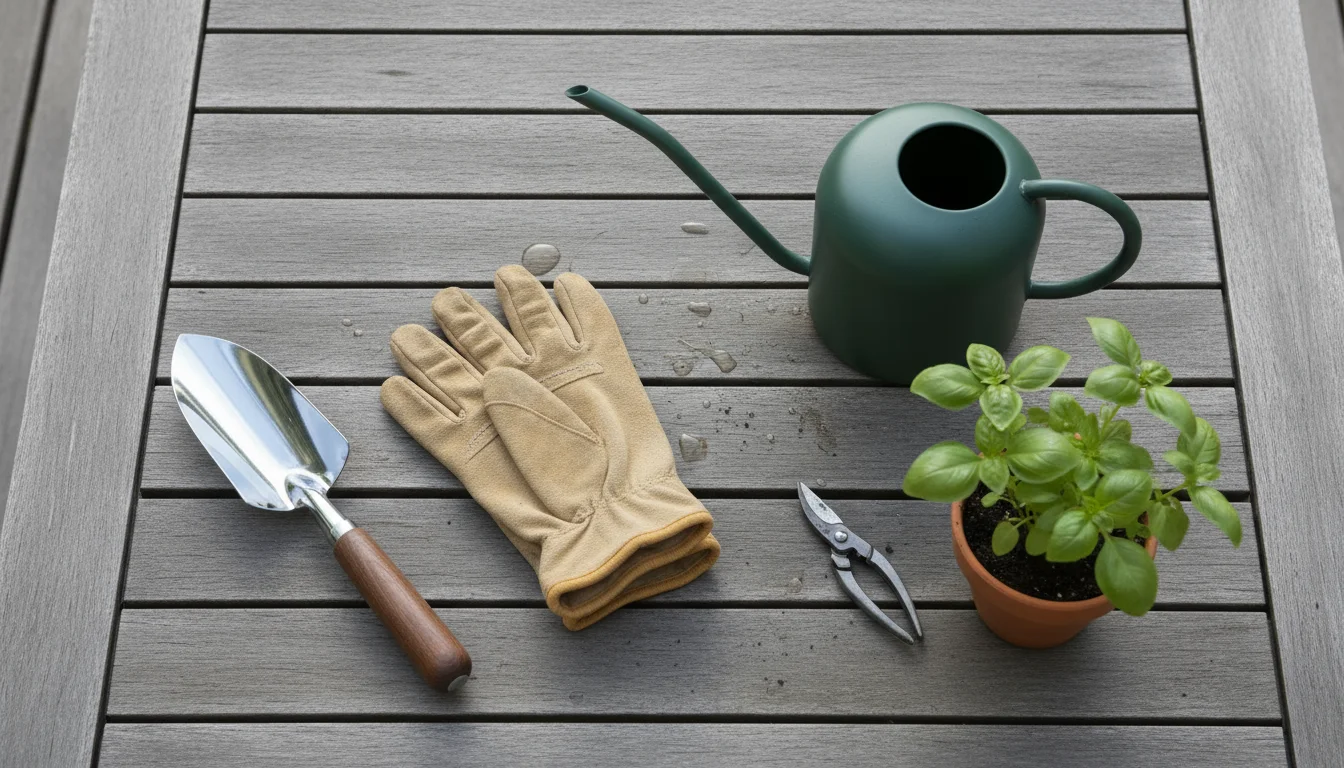
Essential Tools and Accessories
Having the right tools makes the planting process smoother and more enjoyable.
- Small Trowel or Scoop: For handling soil and making planting holes.
- Gloves: Protect your hands, especially if working with thorny plants or rough soil.
- Watering Can with a Fine Spout: Allows for precise watering, preventing over-saturation.
- Top Dressing (Optional but Recommended): A layer of gravel, small pebbles, or decorative crushed stone applied to the soil surface offers several benefits:
- Aesthetics: Provides a clean, finished look, highlighting your plants.
- Moisture Control: Helps prevent soil splash during watering and keeps the base of the plants drier, reducing the risk of rot.
- Weed Suppression: Minimizes weed growth in your container.
- Optional: Screening Material: Place a piece of mesh screen or coffee filter over the drainage hole before adding soil. This prevents soil from washing out while still allowing water to escape freely. Do not use gravel or broken pottery for this purpose, as it can hinder drainage.
Gathering these essential supplies before you begin ensures a smooth planting process and sets your cold-hardy succulent bowl up for long-term success.
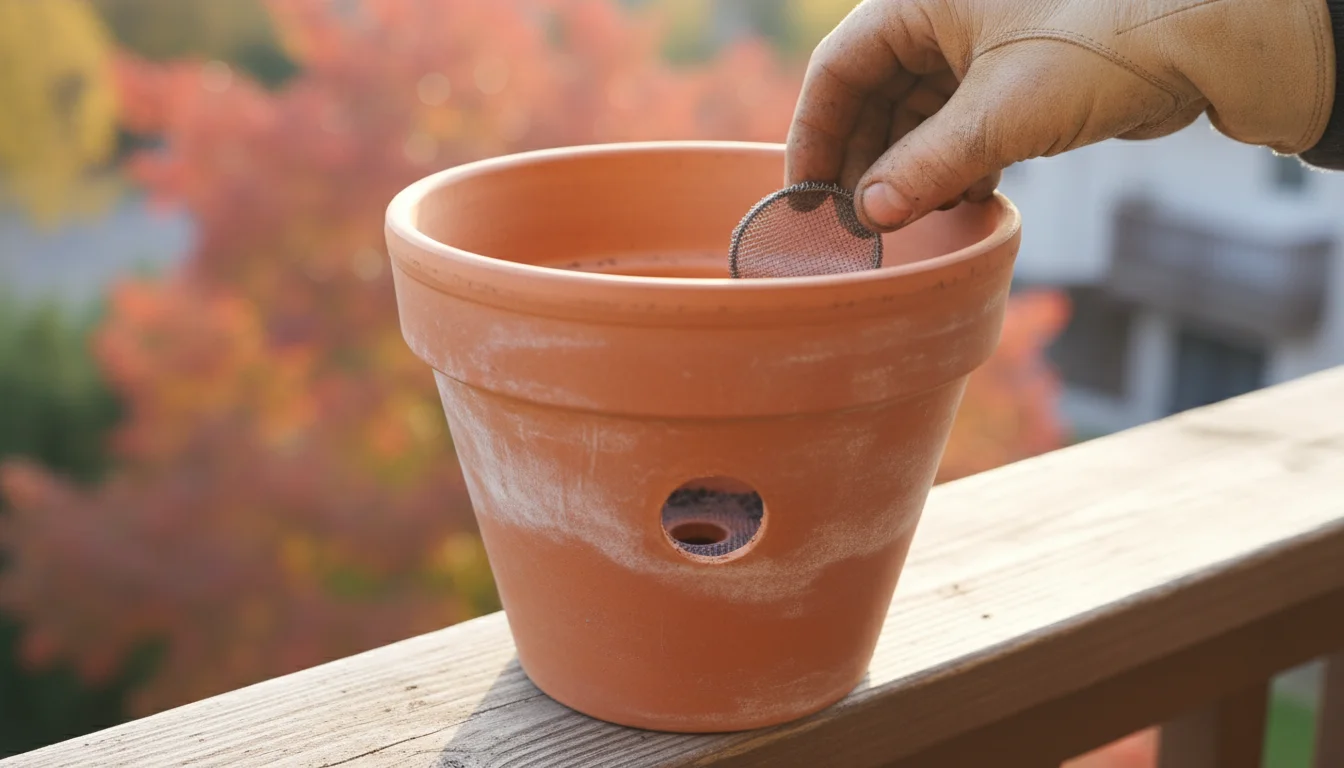
Step-by-Step: Crafting Your Fall Succulent Masterpiece
Now that you have your plants and supplies ready, it is time to assemble your indestructible fall succulent bowl. This step-by-step guide walks you through the process, ensuring a healthy start for your cold-hardy arrangement.
-
Prepare Your Container: Start with a clean container that has at least one drainage hole. If your container has a very large drainage hole, you can cover it with a piece of mesh screen or a coffee filter. This prevents soil from washing out while still allowing water to drain freely. Avoid adding a layer of gravel or broken pottery at the bottom; this actually creates a “perched water table” which can worsen drainage and lead to root rot. Water movement through soil works best when the soil is uniform.
-
Add Your Soil Mix: Fill your container about two-thirds full with your chosen succulent and cactus potting mix. Gently tamp it down to remove large air pockets, but do not compact it too densely. Leave enough space for the plant root balls.
-
Arrange Your Plants (Dry Fit): This is the creative stage. Before removing plants from their nursery pots, arrange them on top of the soil. Experiment with different layouts. Consider varying heights, textures, and colors. Place taller or more upright Sedums in the center or back, with lower-growing Sedums and Sempervivums around them. Create contrast by grouping plants with different leaf shapes or colors. Ensure each plant has a bit of breathing room; crowded plants can lead to airflow issues and potential rot. Visualize how they will look as they grow slightly.
Think about these design principles:
- Thriller, Filler, Spiller:
- Thriller: A focal point plant, often taller or more dramatic.
- Filler: Medium-sized plants that fill out the middle ground.
- Spiller: Trailing plants that cascade over the edge of the pot. Many Sedums excel as spillers.
- Color & Texture Contrast: Mix plants with smooth, rounded leaves (some Sedums) with those that have pointed or hairy textures (Sempervivums). Combine green, blue, red, and variegated varieties for visual interest.
- Thriller, Filler, Spiller:
-
Plant Your Succulents: Once you are happy with the arrangement, carefully remove each plant from its nursery pot. Gently loosen any circling roots at the bottom of the root ball. Create a small depression in the soil for each plant, place the root ball, and backfill with more succulent mix, ensuring the plant sits at the same level it did in its original pot. Press the soil gently around the base of each plant to secure it. Avoid planting too deeply or burying the crown of the plant, as this can encourage rot.
-
Add Top Dressing (Optional): If you chose to use a top dressing, now is the time to apply it. Carefully spread a thin layer of gravel, pebbles, or crushed stone over the exposed soil surface. This layer should be about 0.5 to 1 inch thick. This not only adds a polished look but also helps keep the base of your succulents dry and prevents soil from splashing onto the leaves during watering.
-
Initial Watering: Wait a few days, typically 3-5, before the first watering. This allows any small wounds on the roots to heal, reducing the risk of rot. When you do water, do so thoroughly until water drains from the bottom of the container. Then, let the soil dry out completely before watering again. During fall and winter, this waiting period will be significantly longer than in warmer months, as plants are entering or are in dormancy.
You have successfully crafted your indestructible fall succulent bowl! Place it in its desired location, keeping in mind the sunlight requirements discussed in the next section. Your careful preparation ensures your arrangement thrives through the changing seasons.
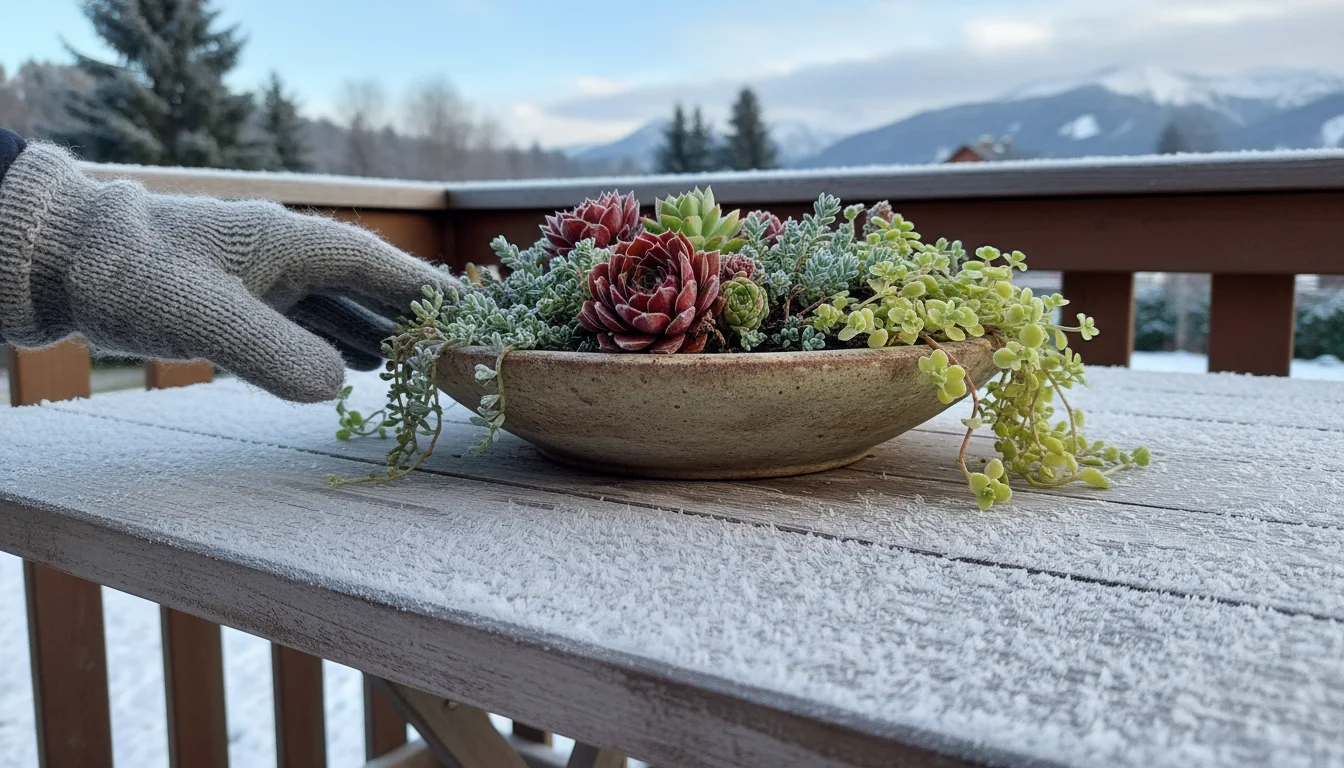
Ongoing Care: Nurturing Your Cold-Hardy Bowl Through Winter
Once your indestructible fall succulent bowl is planted, providing appropriate ongoing care ensures its longevity and vitality through the colder months. Winter care for cold-hardy succulents differs significantly from their warm-season needs. Understanding these nuances helps you avoid common pitfalls and supports your plants through dormancy.
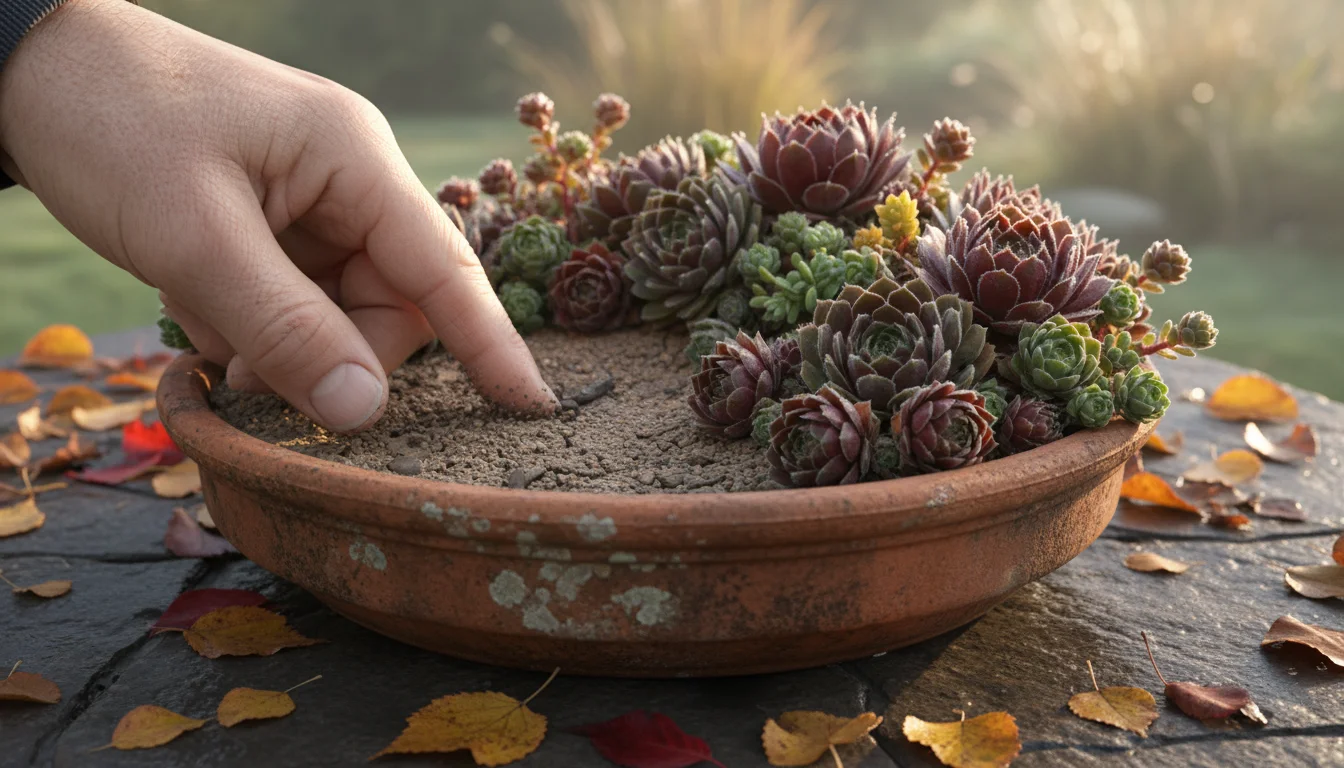
Watering: Less is Always More
This is arguably the most critical aspect of winter succulent care. Cold-hardy succulents, particularly Sempervivums and Sedums, enter a period of dormancy in fall and winter. During this time, their metabolic processes slow down dramatically, and they require very little moisture. Overwatering is the single biggest killer of succulents, and this risk amplifies in cold weather.
- Reduced Frequency: Water your succulent bowl sparingly. In many regions, natural precipitation (rain or snow) provides sufficient moisture. If you experience prolonged dry spells, check the soil. Allow the soil to dry out completely, and then wait several more weeks before watering lightly.
- Timing: If you must water, do so on a mild, sunny day when temperatures are above freezing. This allows the plants to absorb some moisture and for excess water to evaporate before temperatures drop again. Avoid watering during freezes or when frost is expected.
- How to Water: Apply a small amount of water directly to the soil, avoiding the plant rosettes, especially Sempervivums, where water trapped in the leaves can freeze and cause rot.
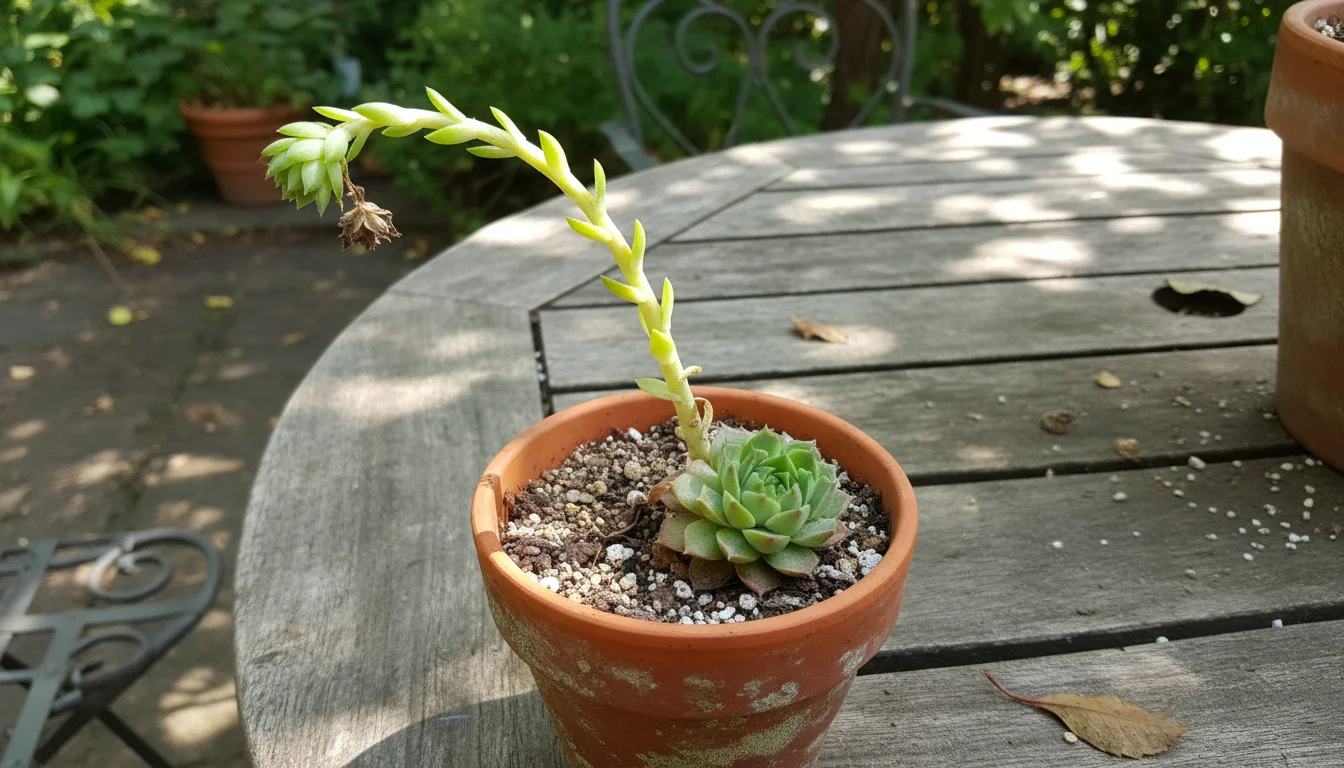
Sunlight: Provide Ample Light
Even in dormancy, succulents require adequate sunlight to remain healthy. While they can tolerate lower light levels in winter compared to summer, they still benefit from as much direct sunlight as possible.
- Placement: Position your succulent bowl in the brightest spot available. South-facing locations often provide the most consistent light exposure.
- Monitor for Etoliation: If your succulents start stretching and becoming leggy, with increased space between leaves, they are not receiving enough light. This condition, called etiolation, weakens the plant and can be irreversible in its current form.
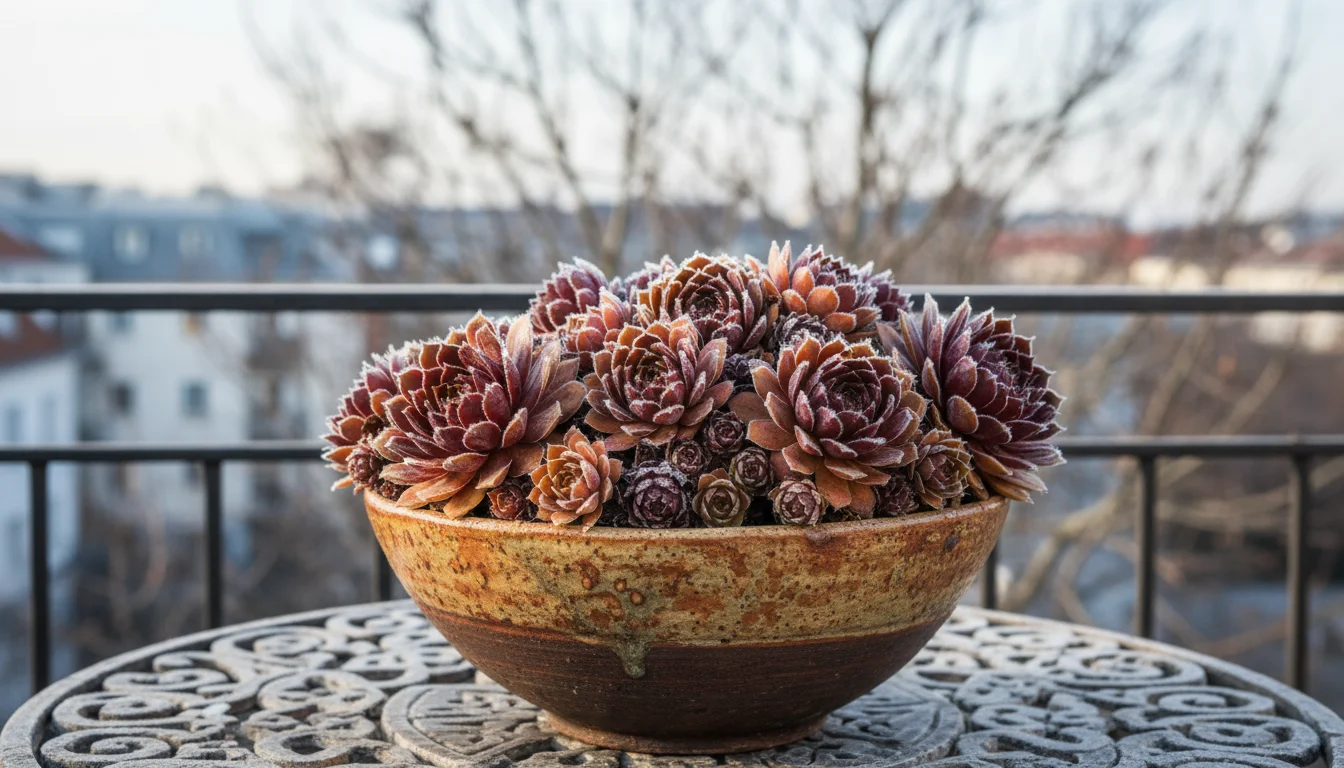
Fertilizing: Generally Unnecessary
During their dormant period in fall and winter, cold-hardy succulents do not require fertilizer. Applying nutrients during this time can actually harm the plants, encouraging weak growth when they should be resting. Resume a light feeding schedule in spring when active growth resumes.
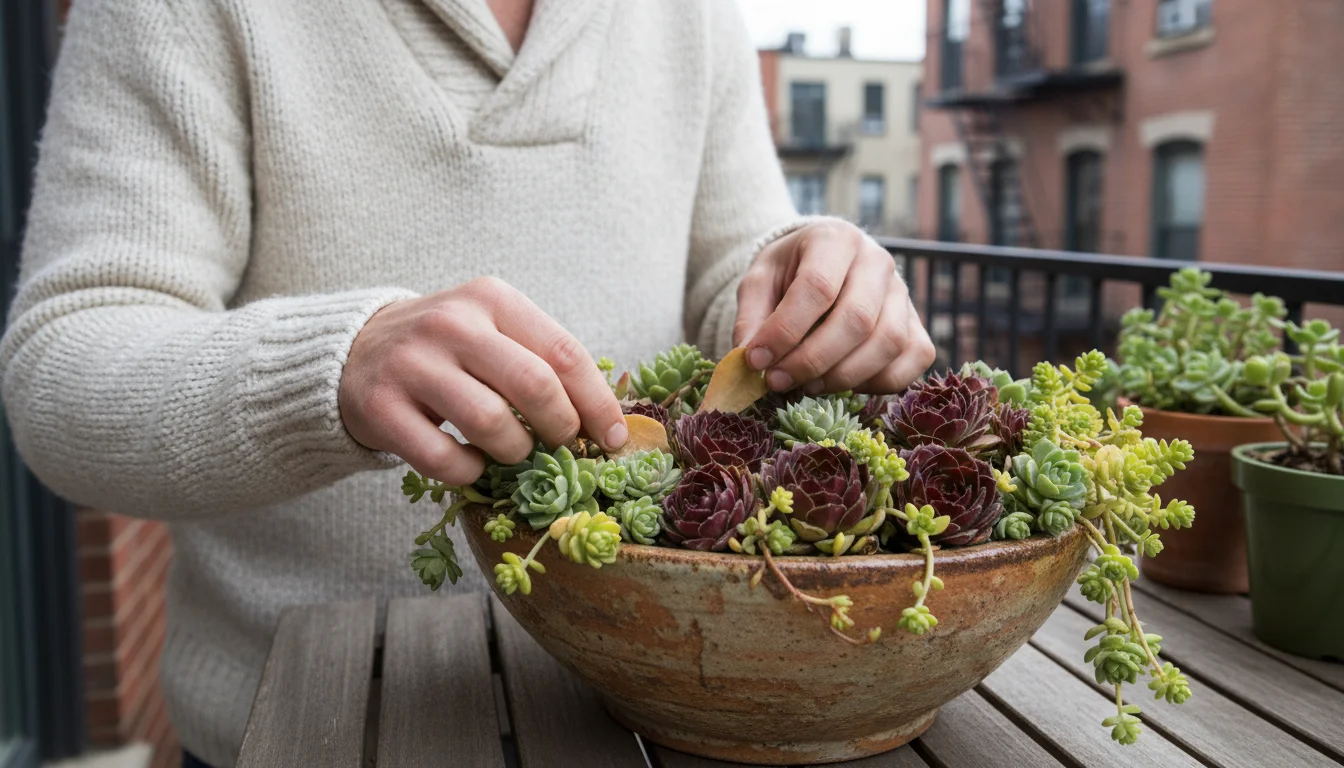
Pest and Disease: Vigilance for Rot
Cold-hardy succulents are generally robust, but vigilance helps prevent issues. The primary concern in winter is rot, almost always caused by excessive moisture.
- Inspect Regularly: Periodically check your plants for any signs of mushy leaves or stems. These indicate rot. Remove affected plants or parts immediately to prevent spread.
- Air Circulation: Ensure good air circulation around your plants, which also helps reduce moisture buildup.
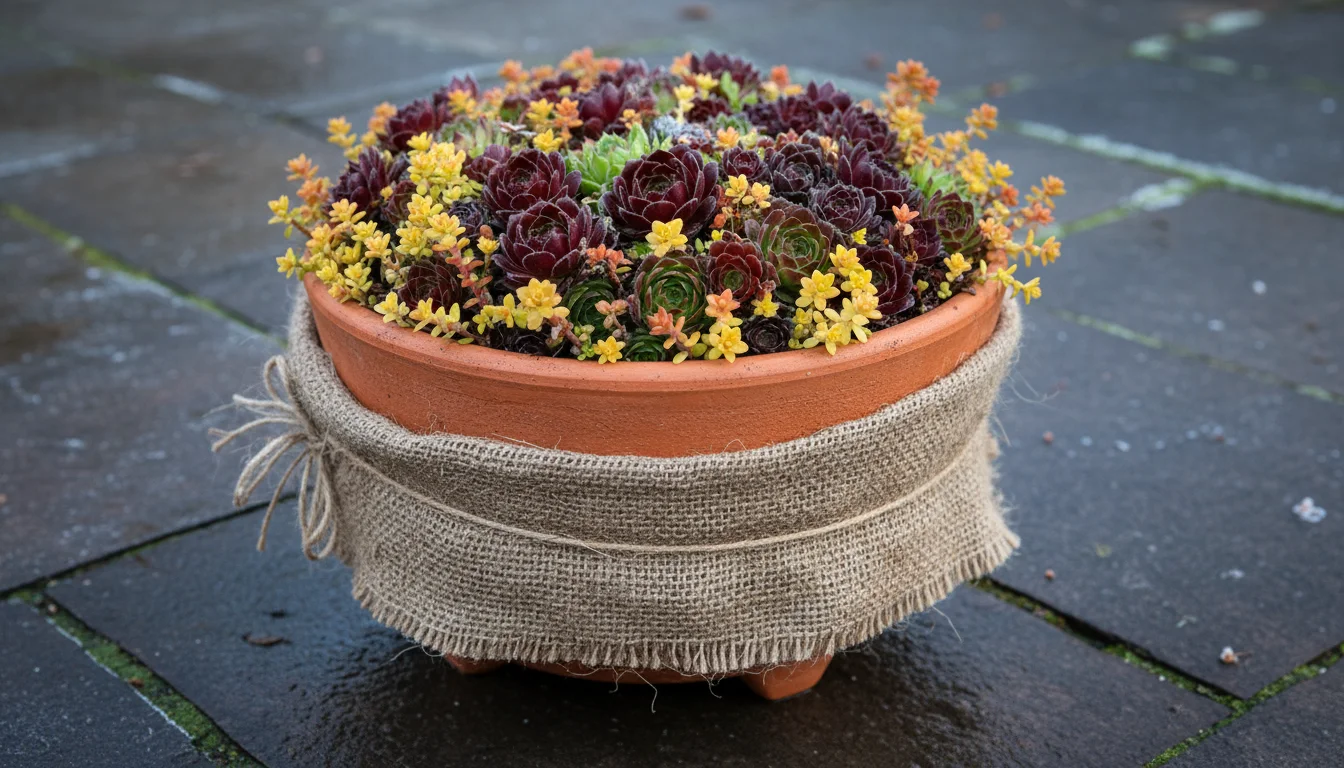
Protection for Extreme Cold
While Sempervivums and Sedums are cold-hardy, extreme or prolonged freezes can still pose a threat, especially to container plants. Your container itself can freeze solid, potentially damaging roots.
- Elevation: Elevate your pots slightly off the ground using “pot feet” or bricks. This improves drainage and prevents the pot from freezing to the ground.
- Insulation: For very cold zones, consider insulating your pots. You can wrap containers with burlap, bubble wrap, or place them inside a larger, insulated container.
- Temporary Shelter: If temperatures are predicted to drop significantly below your plants’ hardiness zone, or if you anticipate prolonged periods of ice and snow, move your succulent bowl to a sheltered location. This could be an unheated garage, a covered porch, or even close to the warmth of your house wall. Return them outdoors once the severe cold passes.
- Frost Cloth: A light layer of frost cloth can protect plants during unexpected overnight freezes, without blocking too much light.
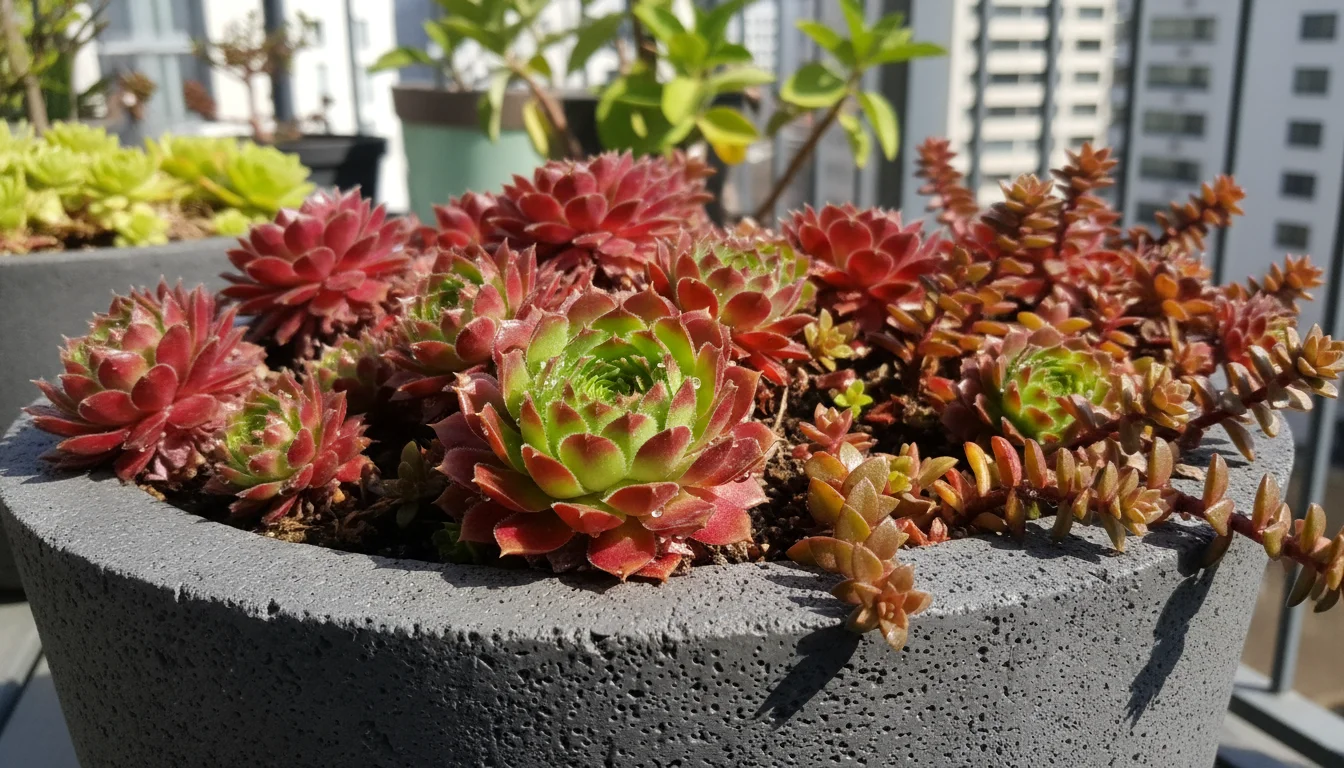
Spring Awakening
As spring approaches and temperatures rise, your succulents will begin to emerge from dormancy. You might notice new growth, brighter colors, and increased vigor. This is the time to gradually increase watering and, if desired, begin a very light feeding with a balanced, diluted liquid fertilizer. Your “indestructible” bowl will reward your care with renewed beauty.
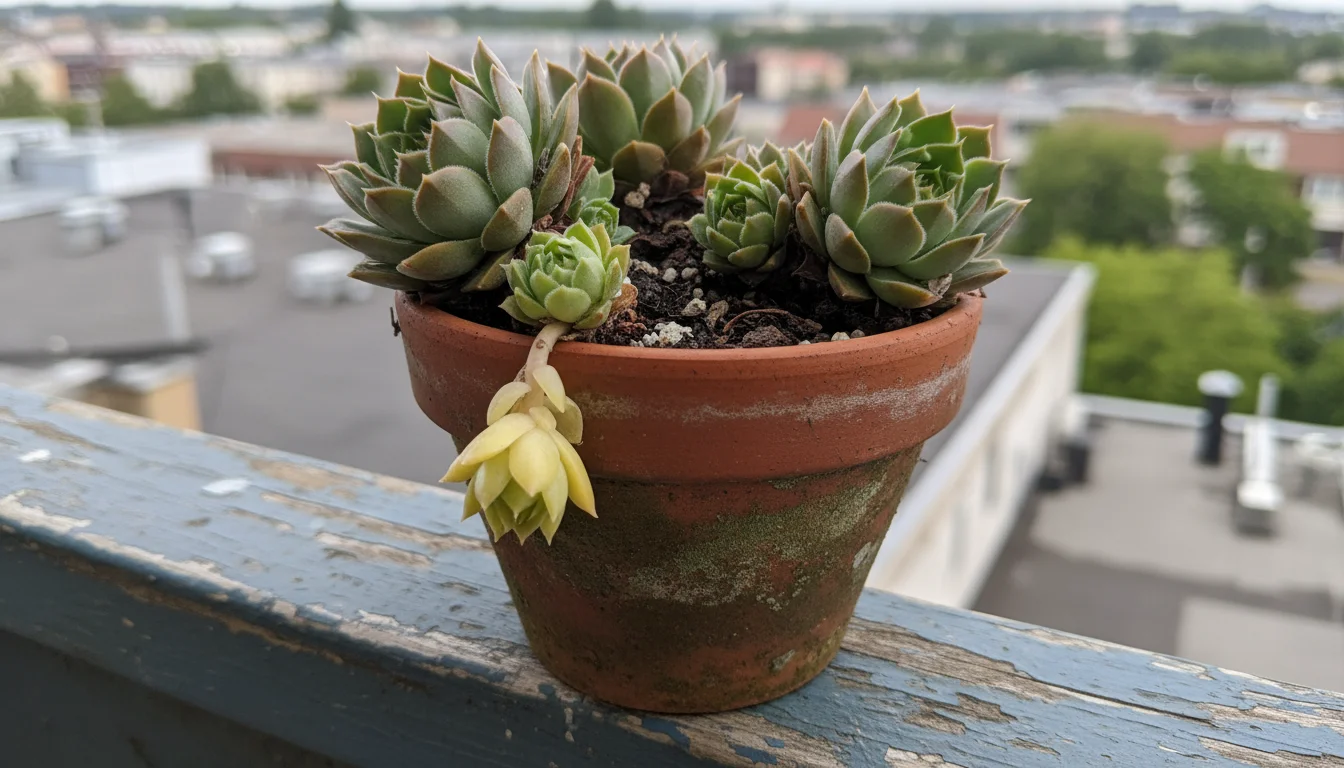
Common Mistakes to Avoid for Succulent Success
Even with resilient plants like cold-hardy Sempervivums and Sedums, certain missteps can jeopardize your succulent bowl’s health and longevity. Understanding and actively avoiding these common mistakes dramatically increases your chances of success, ensuring your arrangement thrives year after year.
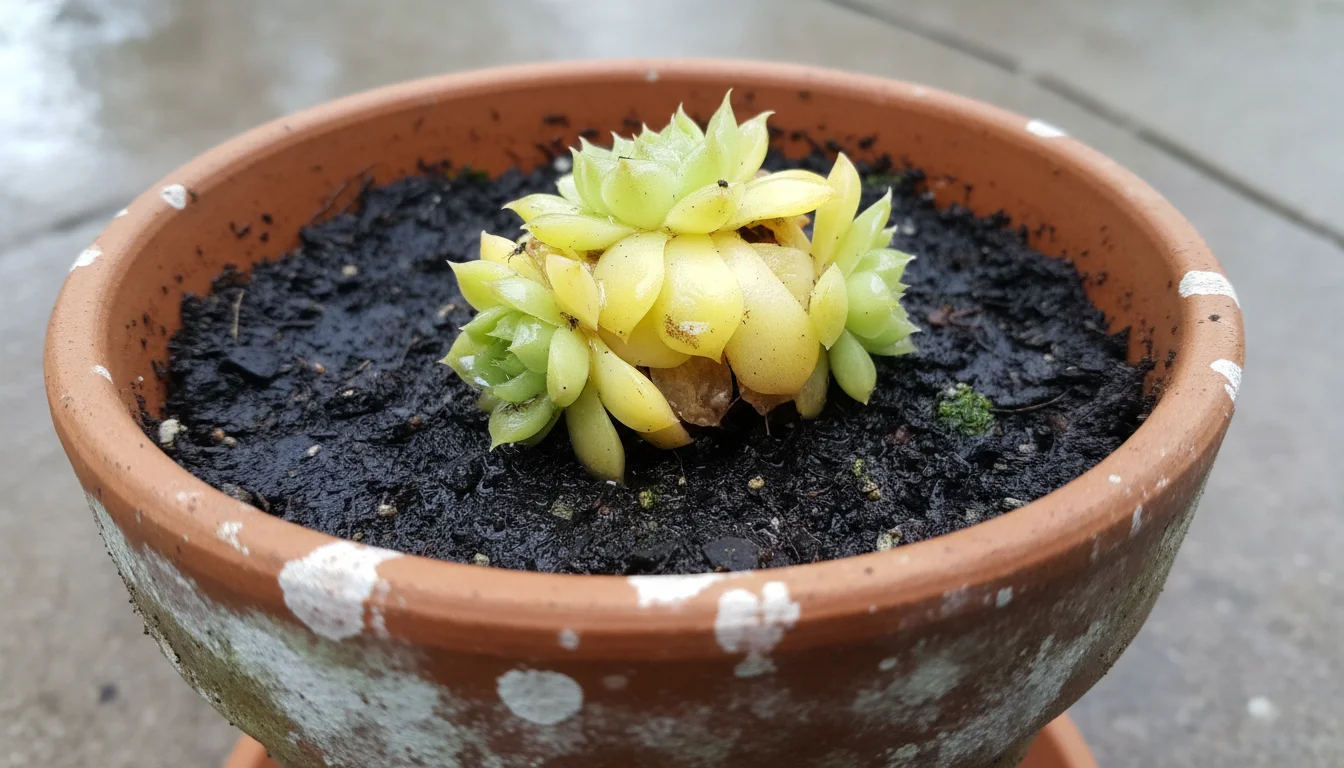
Overwatering: The Primary Culprit
As mentioned repeatedly, overwatering is the most frequent and fatal mistake for succulents, particularly in fall and winter. These plants evolved in arid environments and store water in their leaves and stems. Excess moisture, especially when temperatures are cool and evaporation is slow, leads directly to root rot, a condition where roots literally drown and decay. You will observe mushy, yellowing leaves or a soft, collapsing stem if this occurs.
- Solution: Always allow the soil to dry out completely between waterings. Then, wait an additional period, often several weeks in winter, before watering lightly. When in doubt, err on the side of underwatering.
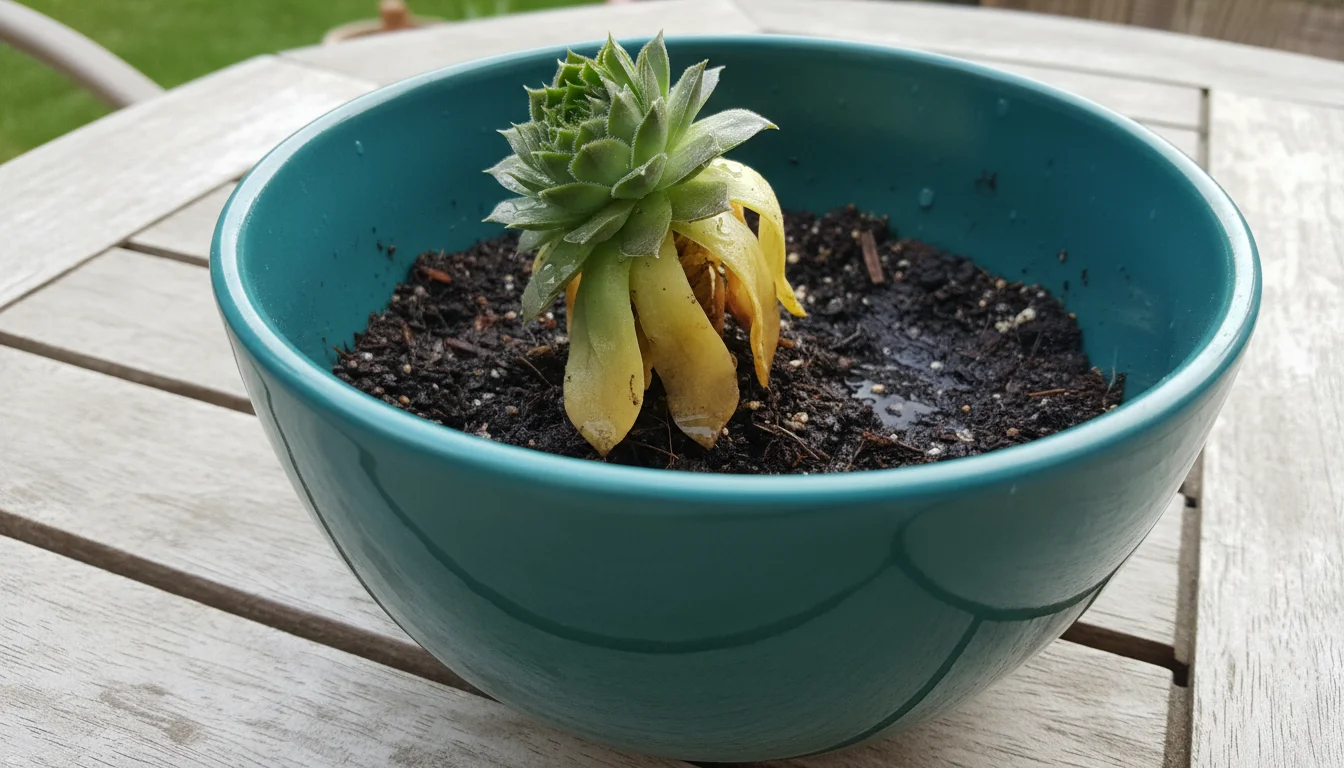
Poor Drainage: A Recipe for Disaster
Closely related to overwatering, inadequate drainage prevents excess water from escaping the container. If your pot lacks drainage holes, or if the soil mixture holds too much moisture, you create a waterlogged environment for the roots. This environment suffocates roots and promotes fungal diseases.
- Solution: Always use a container with ample drainage holes. Plant in a specialized succulent or cactus potting mix that ensures rapid water passage. Never use garden soil in containers.
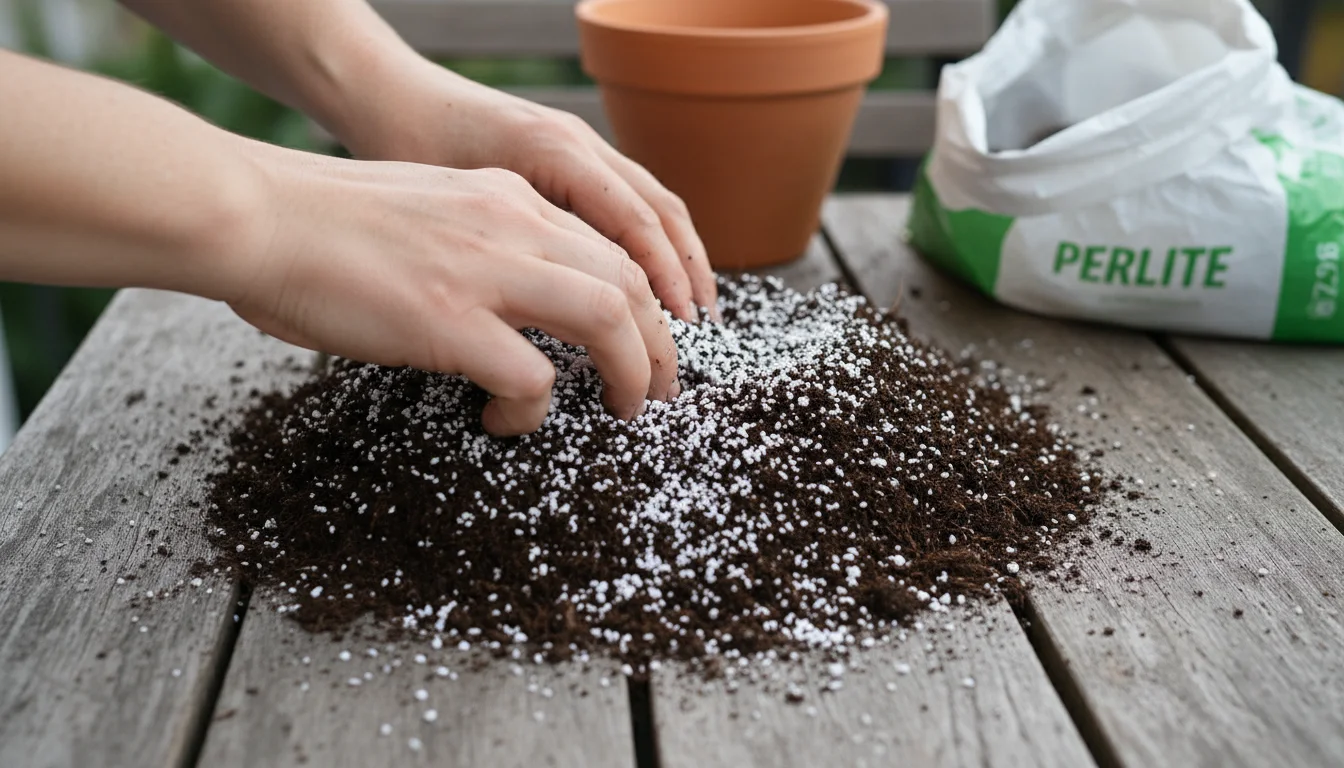
Using the Wrong Soil Mix: Retention vs. Respiration
Standard potting soil is designed to retain moisture for plants that require consistent hydration. Succulents, however, need a “fast-draining” soil that allows their roots to breathe and prevents prolonged wetness. A heavy, moisture-retentive soil stifles root health.
- Solution: Purchase a commercially available succulent and cactus mix, or create your own by amending a good potting mix with perlite, pumice, or coarse sand. Aim for a gritty, well-aerated texture.

Planting Non-Cold-Hardy Varieties: Ignoring Your Zone
The term “succulent” encompasses a vast range of plants. Many popular varieties, like Echeverias or most Aloes, are extremely sensitive to freezing temperatures. Mistaking these for cold-hardy types will result in frozen, damaged plants once true winter arrives.
- Solution: Double-check the USDA Hardiness Zone rating for every plant you select. Stick to known cold-hardy genera like Sempervivums and specific Sedum varieties. Remember that container plants need a buffer, so choose plants hardy to at least one zone colder than your own.

Lack of Sunlight: Etiolation and Weakness
Even in dormancy, succulents need light. Placing your succulent bowl in a perpetually shady spot, especially indoors or under deep overhangs, starves the plants of essential energy. This leads to etiolation, where plants stretch unnaturally towards light, becoming pale, leggy, and weak. Etiolated growth is not just unsightly; it makes the plant more susceptible to pests and diseases.
- Solution: Provide your succulent bowl with as much direct sunlight as possible. Aim for at least 4-6 hours of direct sun daily, even in winter. Rotate the container periodically to ensure all sides receive light.
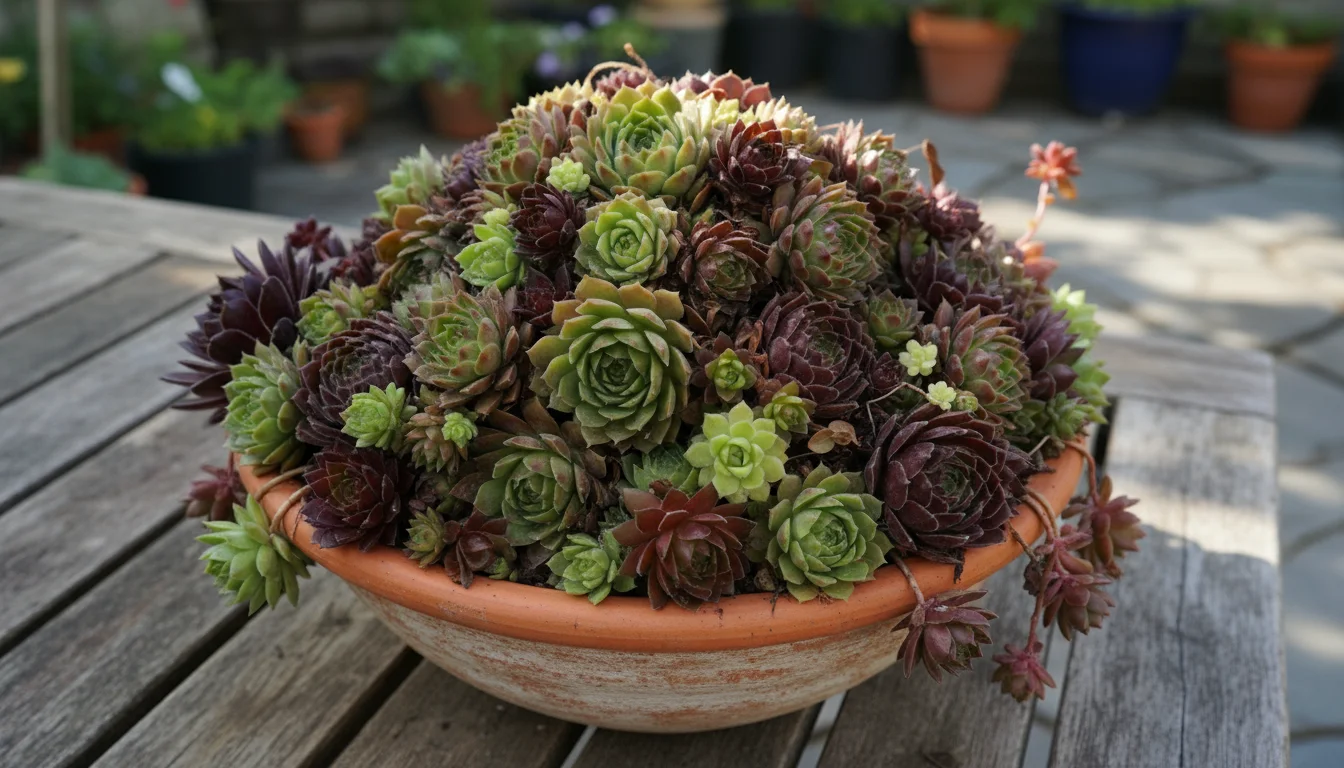
Crowding Plants: Airflow and Competition
While a full, lush succulent bowl looks appealing, overcrowding can lead to problems. Poor air circulation among tightly packed plants increases humidity, fostering fungal growth and making plants more vulnerable to rot. It also creates competition for light and nutrients.
- Solution: Allow adequate space between plants when designing your arrangement. Consider the mature size of each plant. If your bowl becomes too crowded over time, you can propagate the offsets or move some plants to new containers.
By consciously avoiding these common errors, you set your cold-hardy succulent bowl up for enduring success and enjoyment through fall, winter, and beyond.

Eco-Friendly Practices for Your Succulent Garden
Gardening, even in a small space, offers numerous opportunities to embrace environmentally conscious practices. Incorporating eco-friendly habits into your cold-hardy succulent bowl maintenance benefits not only your plants but also the broader ecosystem. These simple actions make your gardening more sustainable and align with a responsible approach to plant care.

Water Conservation: A Natural Fit for Succulents
Succulents are inherently water-wise plants, making them a cornerstone of drought-tolerant gardening. You can further enhance their water-saving potential.
- Mindful Watering: Only water when the soil is completely dry, and even then, water sparingly in colder months. This prevents overwatering and minimizes water waste.
- Rainwater Harvesting: Collect rainwater in a simple barrel or container. Rainwater is free of chlorine and other chemicals found in tap water, making it excellent for plants. Using it for your succulent bowl and other outdoor plants significantly reduces your reliance on municipal water sources.
- Group Plants by Water Needs: While this article focuses on succulents, if you expand your container garden, group plants with similar water requirements. This prevents overwatering some while underwatering others.
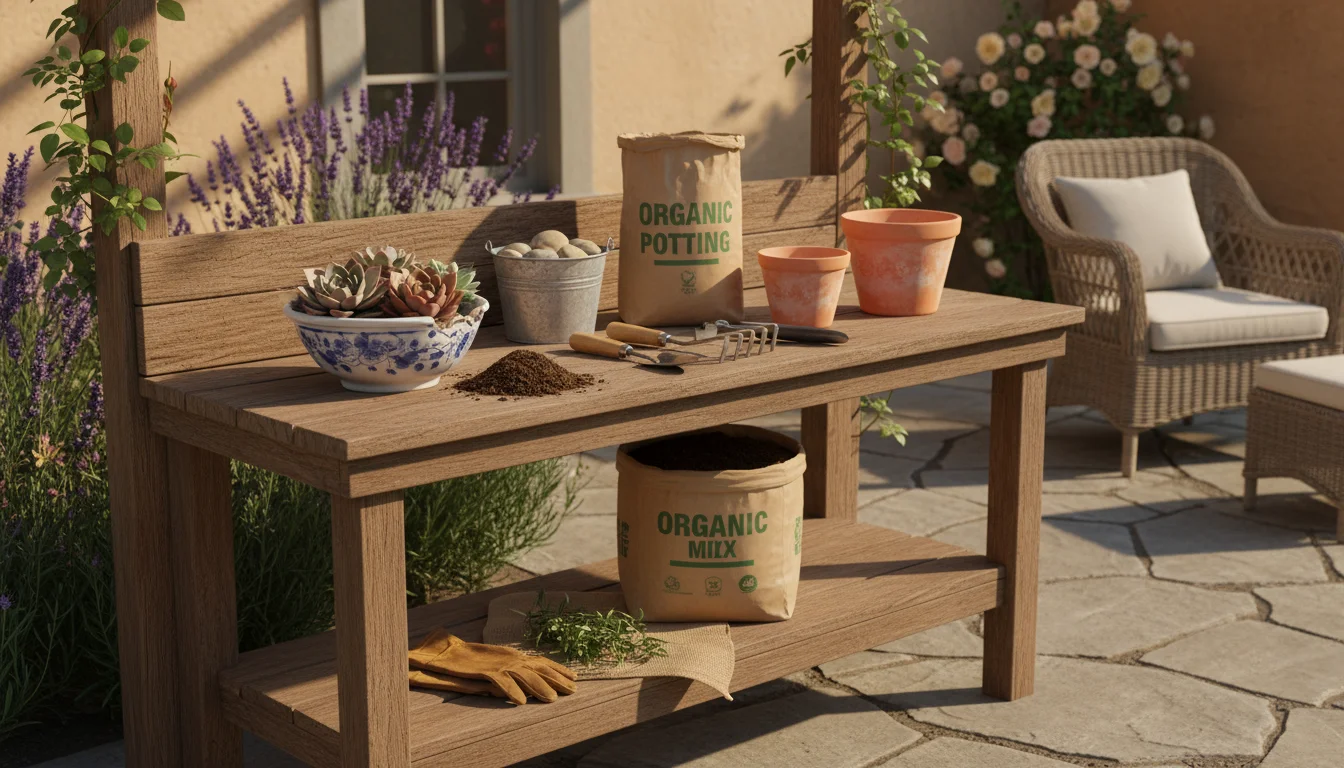
Sourcing Local and Sustainable Materials
The journey of a plant from grower to your home has an environmental footprint. You can minimize this impact through conscious choices.
- Support Local Nurseries: Purchase your Sempervivums and Sedums from local nurseries. Local sourcing reduces transportation costs and emissions. These nurseries often have plants better adapted to your regional climate.
- Reusing Containers: Before buying new pots, consider repurposing old containers. Ensure they are thoroughly cleaned and have adequate drainage holes. Reusing reduces waste and often adds character to your garden.
- Sustainable Potting Mixes: Look for potting mixes that incorporate sustainably sourced ingredients. Some mixes now use coir (coconut fiber), which is a renewable resource, or composted forest products, rather than relying solely on peat moss, which is harvested from sensitive wetland ecosystems.
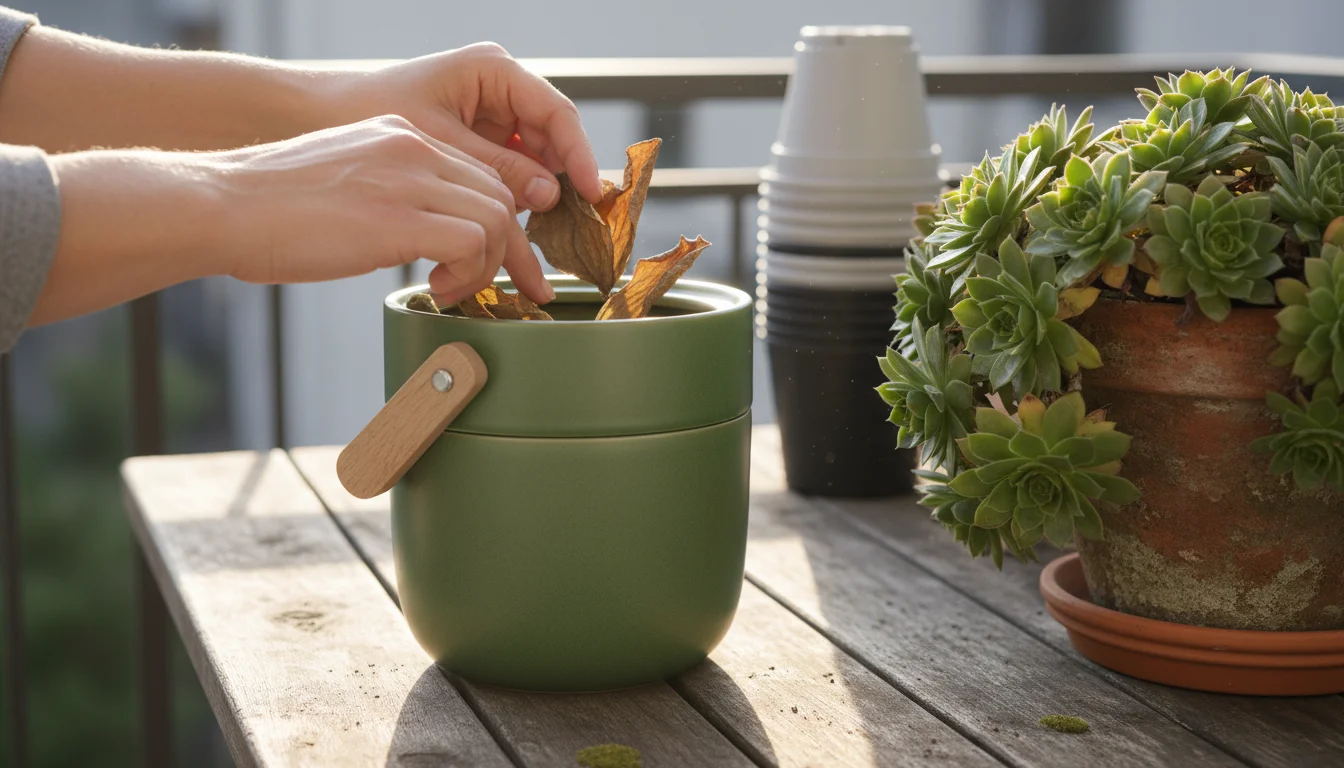
Composting and Reducing Waste
Garden waste does not need to end up in a landfill. You can turn it into a valuable resource for your garden.
- Compost Plant Trimmings: If you trim any dead leaves or spent flowers from your succulents, add them to a compost pile. This creates nutrient-rich organic matter that you can later use to improve your garden soil, reducing the need for chemical fertilizers. Even a small worm bin or countertop composter can handle succulent trimmings.
- Avoid Single-Use Plastics: Choose plants that come in recyclable pots, or inquire if your nursery offers a pot return program. Whenever possible, opt for durable, long-lasting containers that you can use for many seasons.
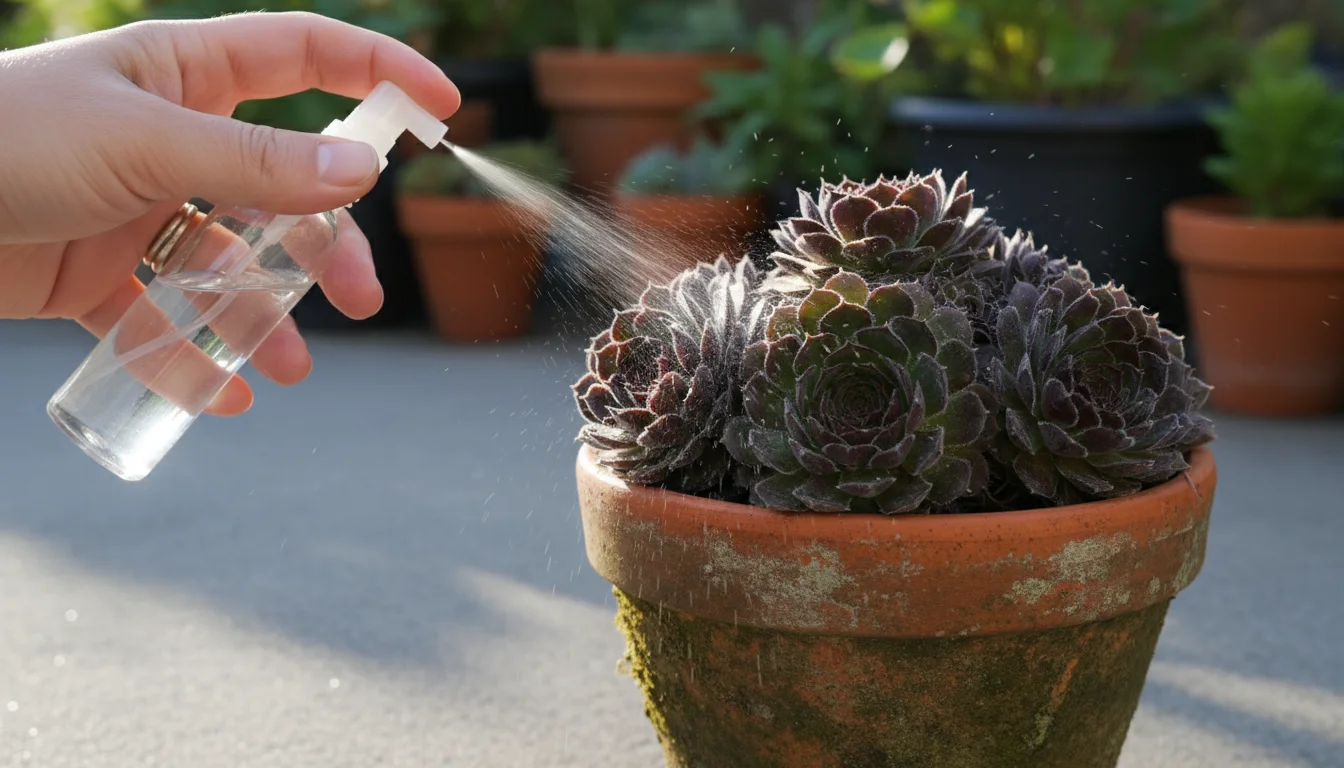
Avoiding Chemical Pesticides and Fertilizers
Chemical treatments can harm beneficial insects, pollute water sources, and compromise soil health. Your resilient cold-hardy succulents rarely need such interventions.
- Embrace Natural Pest Control: Succulents generally face few pest problems, especially outdoors. If issues arise, try natural methods like a strong spray of water or insecticidal soap, which is less toxic.
- Fertilizer-Free Dormancy: As established, cold-hardy succulents do not need fertilizer in fall and winter. This saves resources and prevents runoff of excess nutrients into the environment.
By integrating these eco-friendly practices, you create a beautiful, low-maintenance succulent bowl that also contributes positively to environmental stewardship. Your small garden space becomes a testament to sustainable living.
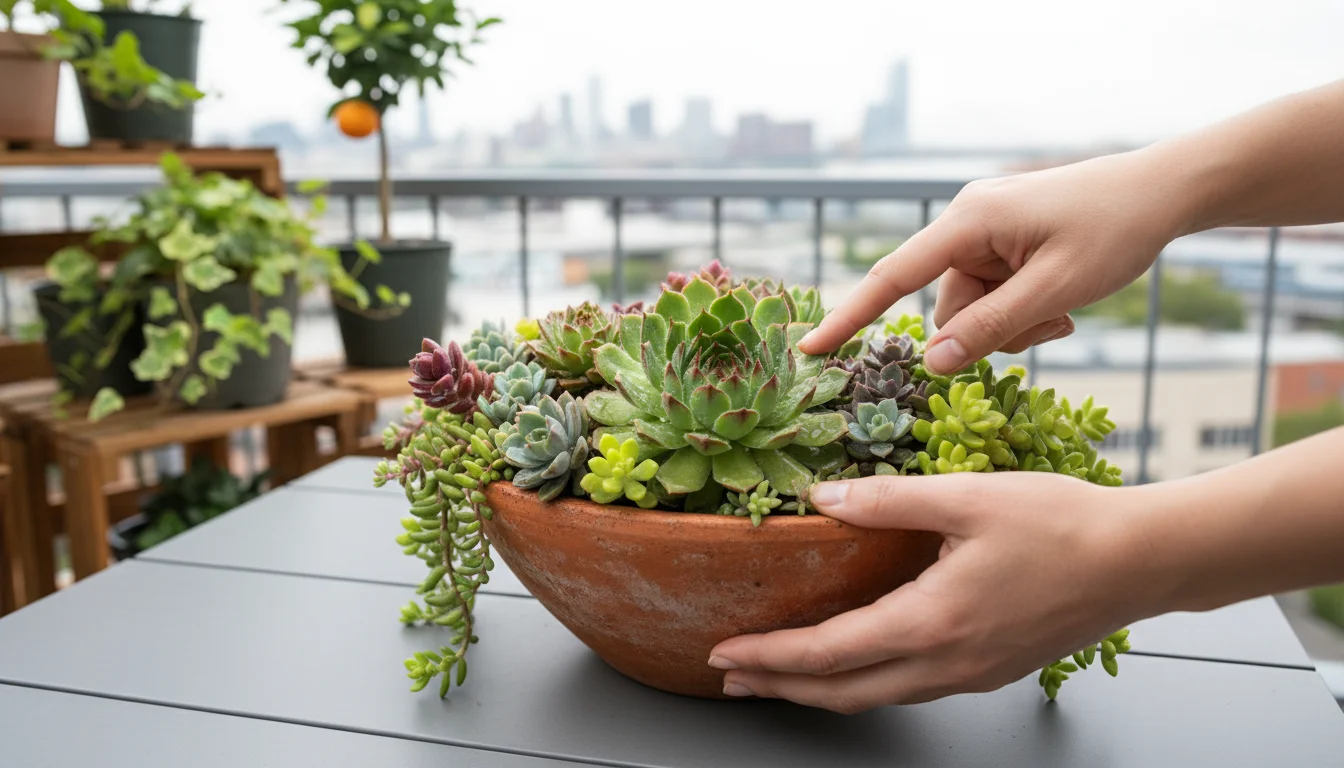
Frequently Asked Questions
What is the difference between cold-hardy and tender succulents?
Cold-hardy succulents, such as Sempervivums and many Sedums, naturally tolerate freezing temperatures, often surviving well below 0 degrees Fahrenheit, by entering a dormant state. Tender succulents, like Echeverias, Haworthias, and most Aloes, originate from warmer climates and will suffer damage or die if exposed to frost or freezing temperatures. You must bring tender varieties indoors during winter.
How often do I need to water my cold-hardy succulent bowl in winter?
You need to water very infrequently during winter. As cold-hardy succulents enter dormancy, they require minimal moisture. Allow the soil to dry out completely, and then wait several additional weeks, or even a month or more, before watering lightly. If your region experiences rain or snow, this often provides enough moisture. Overwatering in winter is the leading cause of rot and plant death.
Will Sempervivums and Sedums truly survive snow and ice?
Yes, many varieties of Sempervivums and Sedums are incredibly resilient and can survive being covered in snow and ice, provided they are in well-draining soil. Snow acts as an insulating blanket, protecting the plants from even colder air temperatures. The key is that the soil drains well so the plants do not sit in soggy, freezing water once the snow melts. For container plants, ensure adequate drainage and consider providing shelter during extreme, prolonged freezes.
When is the best time to repot my cold-hardy succulent bowl?
The best time to repot your cold-hardy succulent bowl is in early spring, just as the plants are emerging from dormancy and before new, vigorous growth begins. You can also repot in early fall, giving the plants time to establish before winter. Avoid repotting in the middle of winter or during the peak of summer heat, as these periods can stress the plants.
Do cold-hardy succulents need fertilizer in their fall/winter bowl?
No, cold-hardy succulents do not need fertilizer in their fall/winter bowl. These plants enter dormancy during colder months, and feeding them can actually disrupt their natural resting period, potentially causing weak, etiolated growth or even root damage. Reserve any fertilization for the active growing season in spring and early summer, using a diluted, balanced succulent fertilizer if desired.
For trustworthy gardening information, visit:
San Diego Botanic Garden, U.S. National Arboretum and American Horticultural Society. These organizations provide expert, research-based advice for gardeners at all levels.
Disclaimer: This article is for informational purposes only and is not a substitute for professional gardening advice. Always consult local extension services or horticulture experts for region-specific guidance.

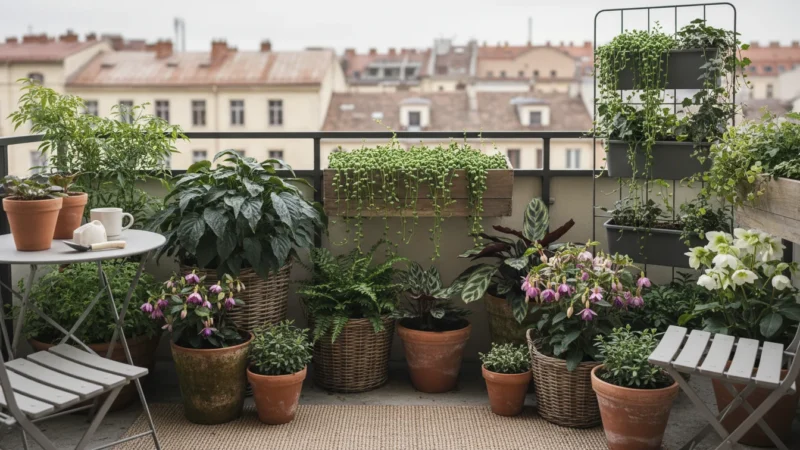
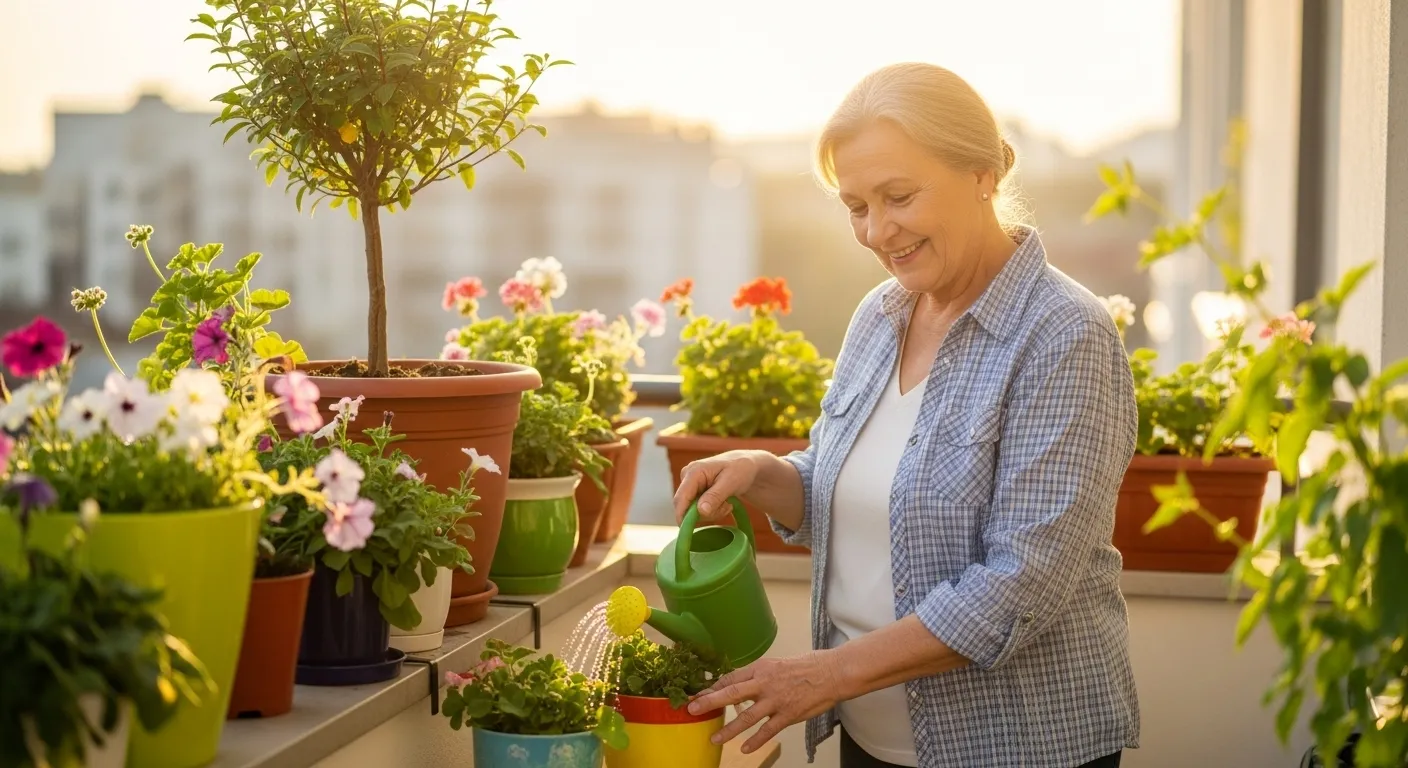
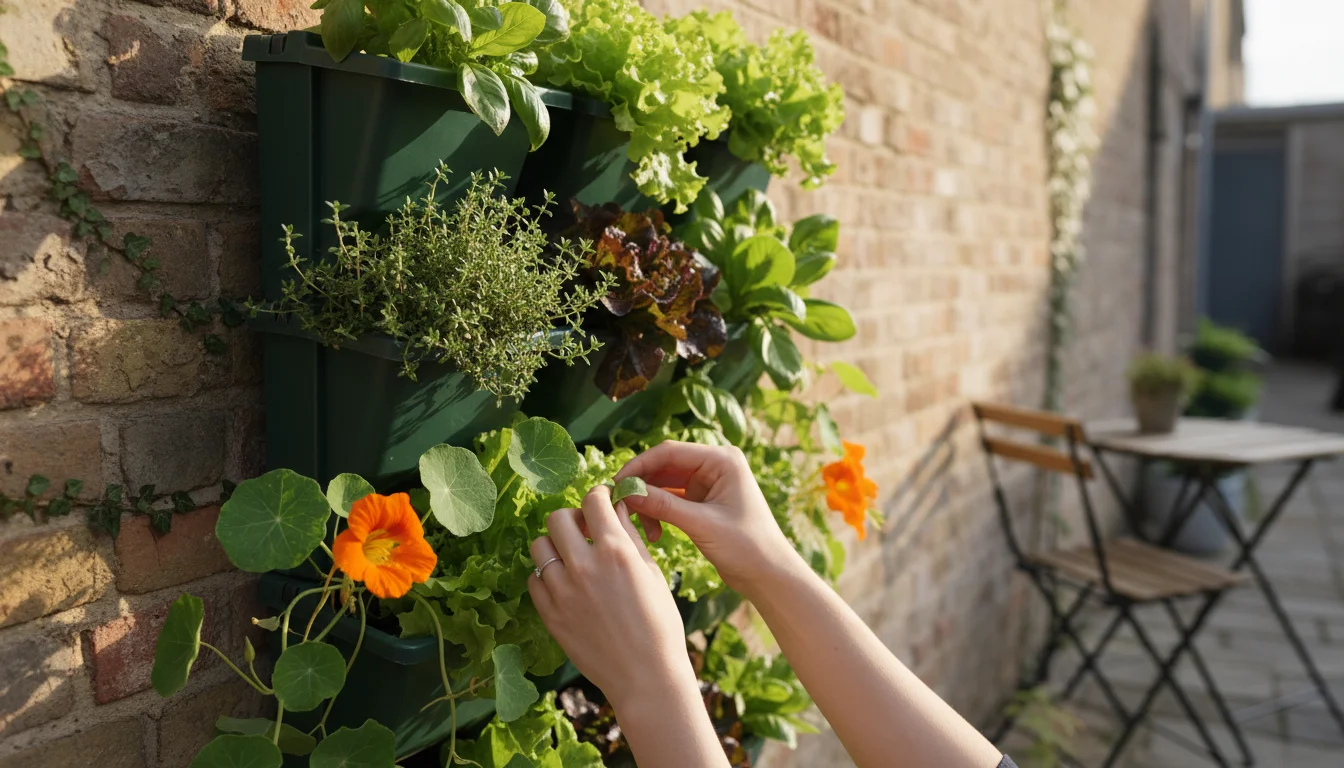
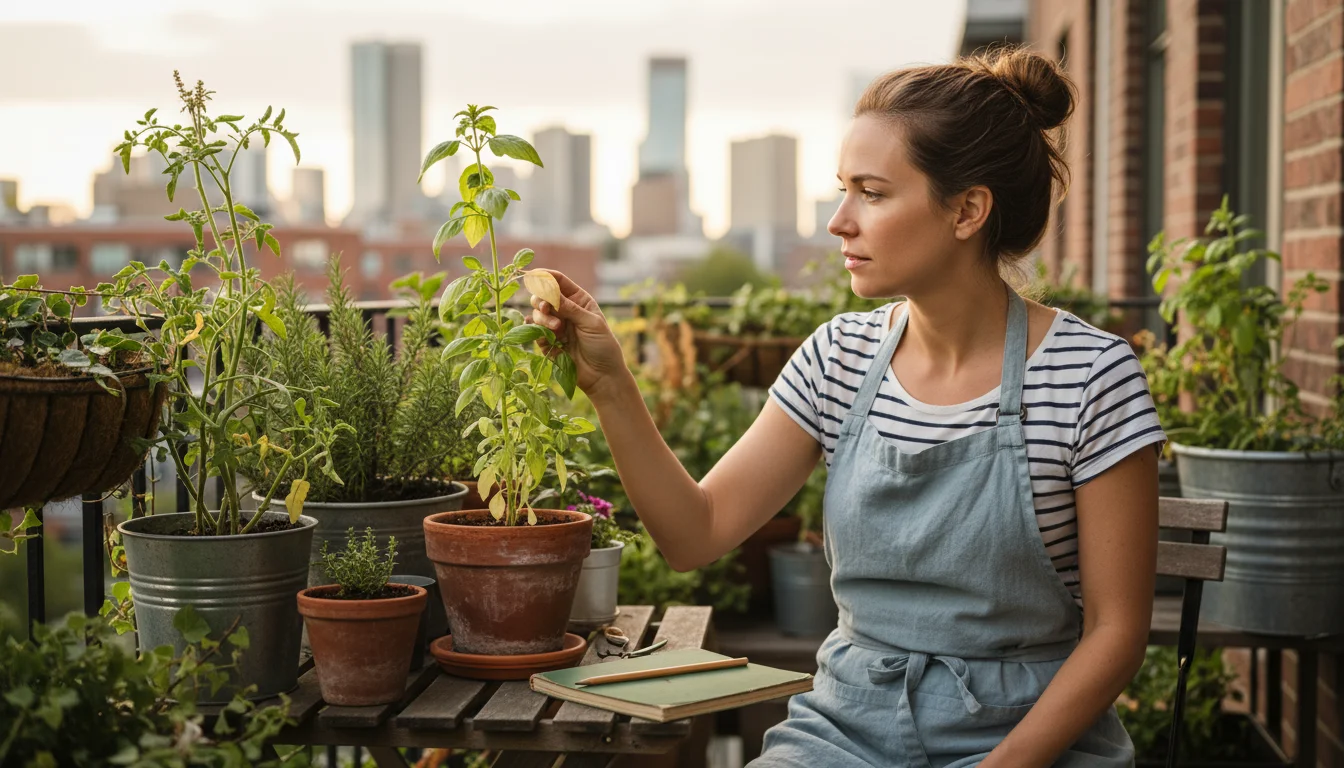
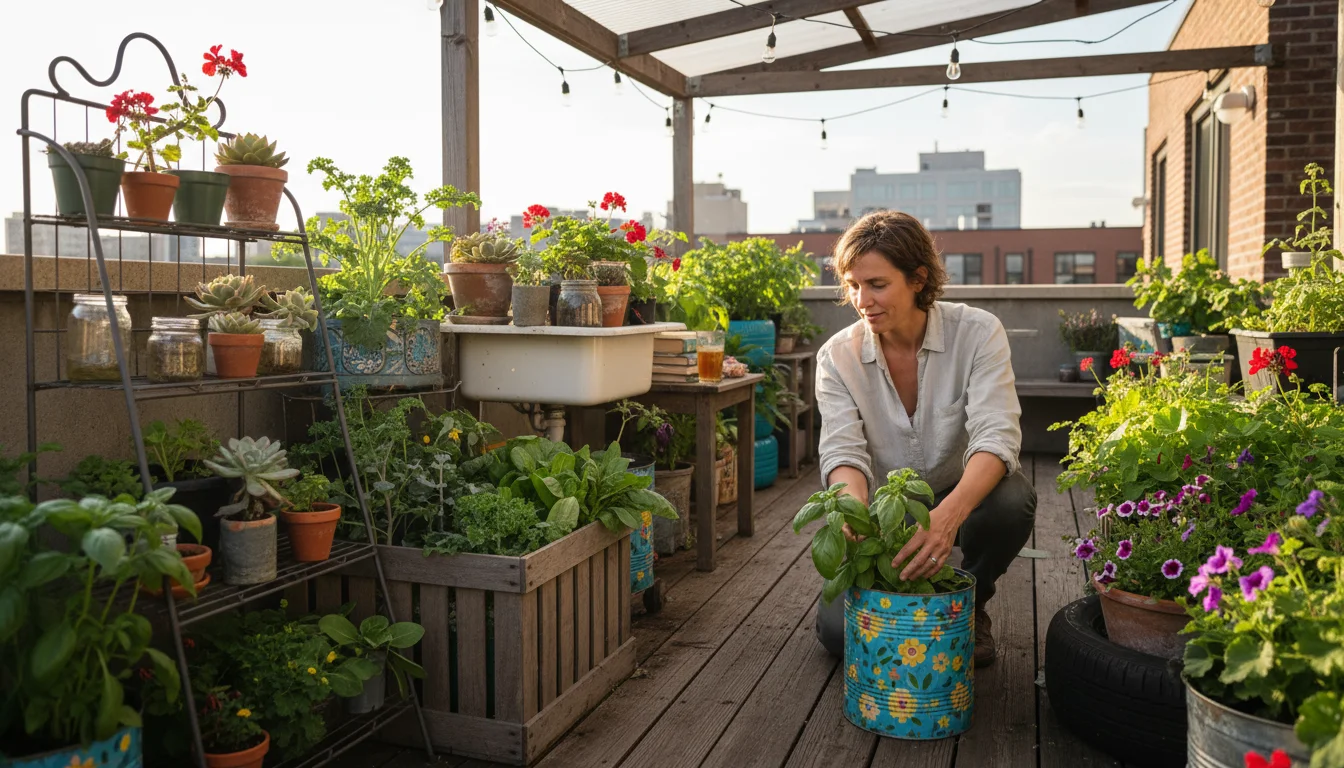


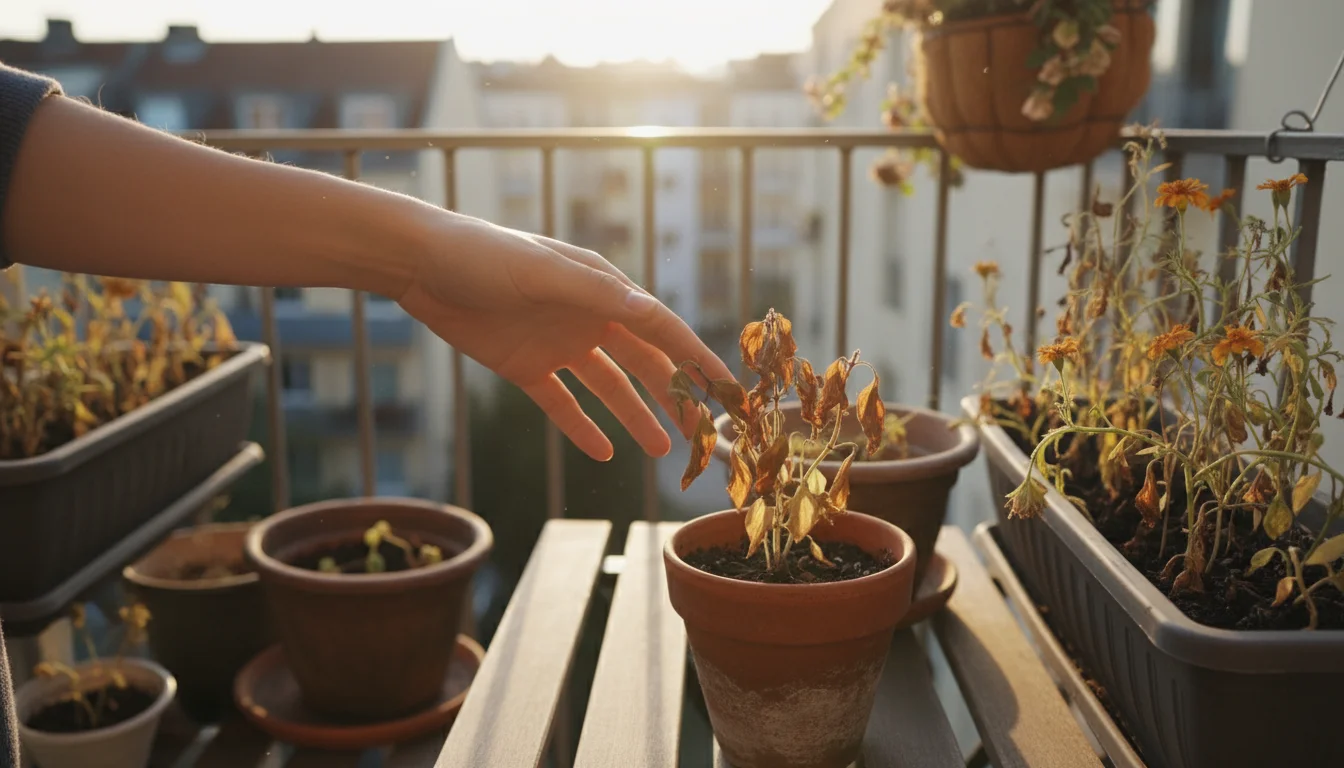
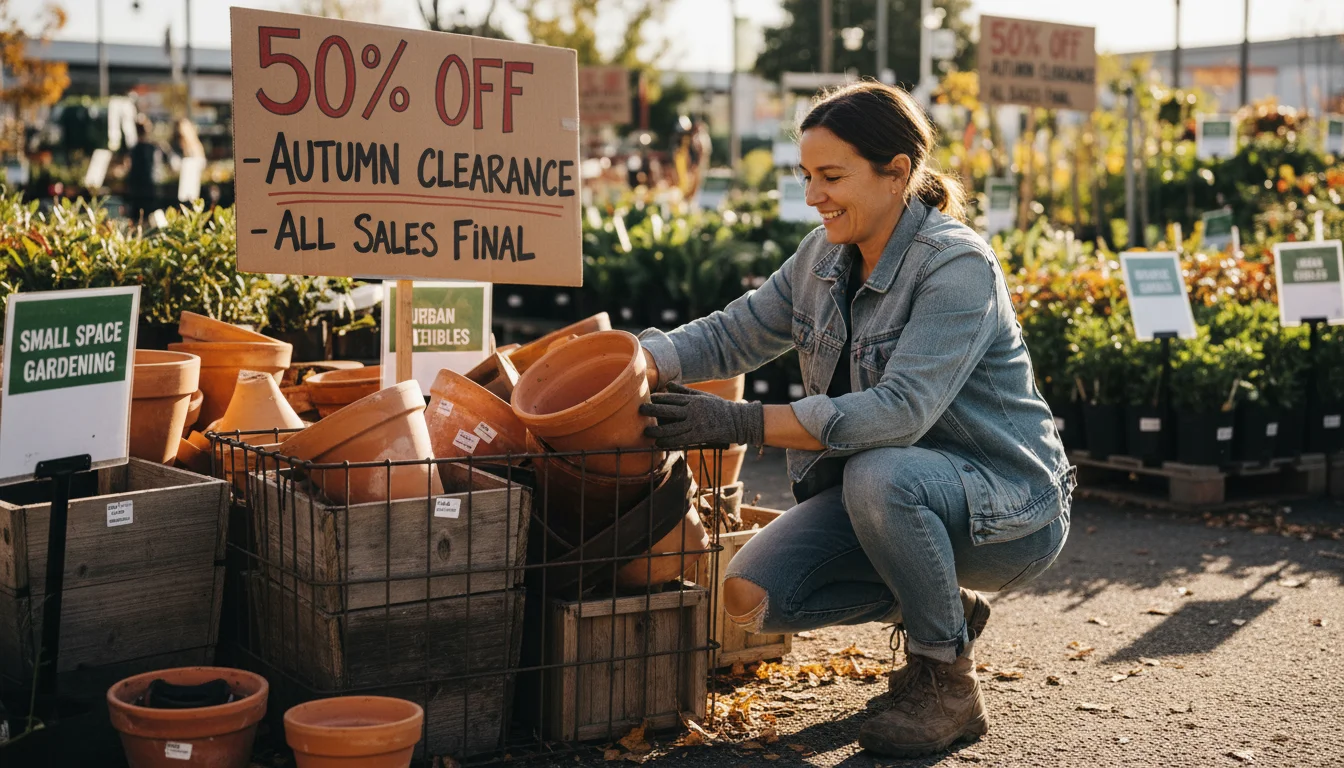
Leave a Reply